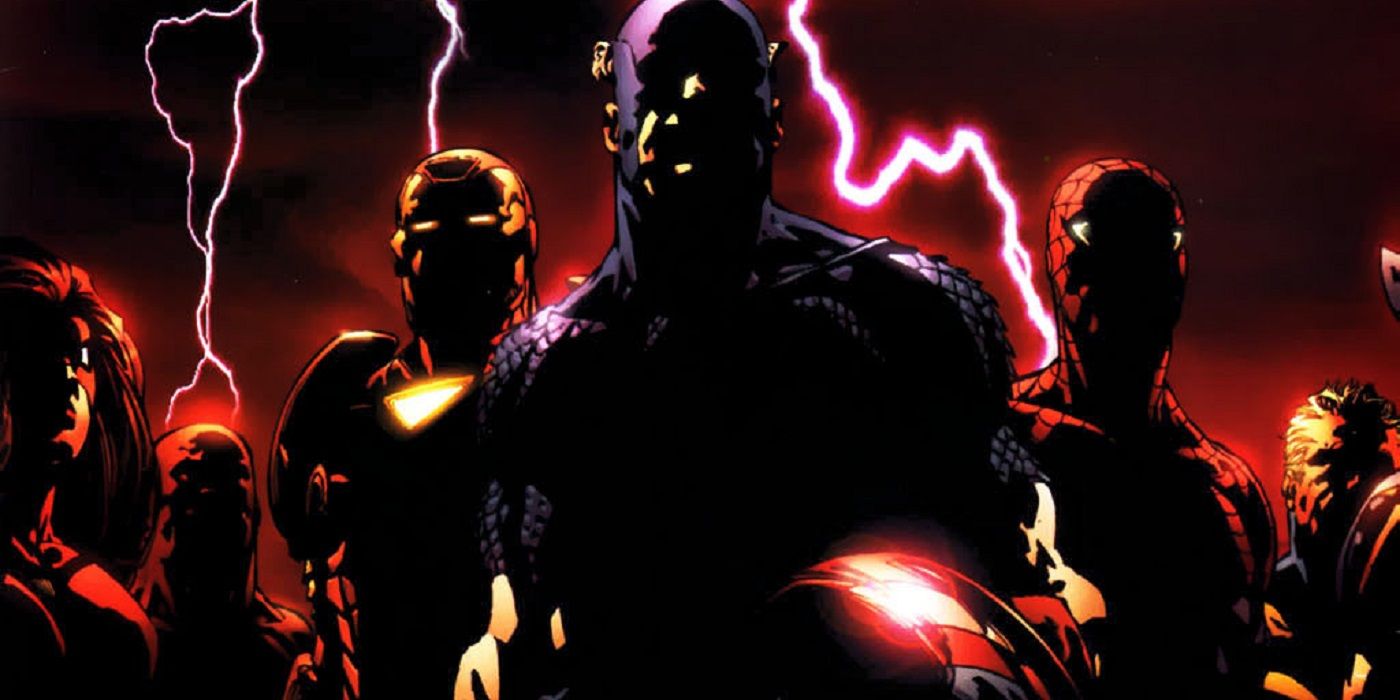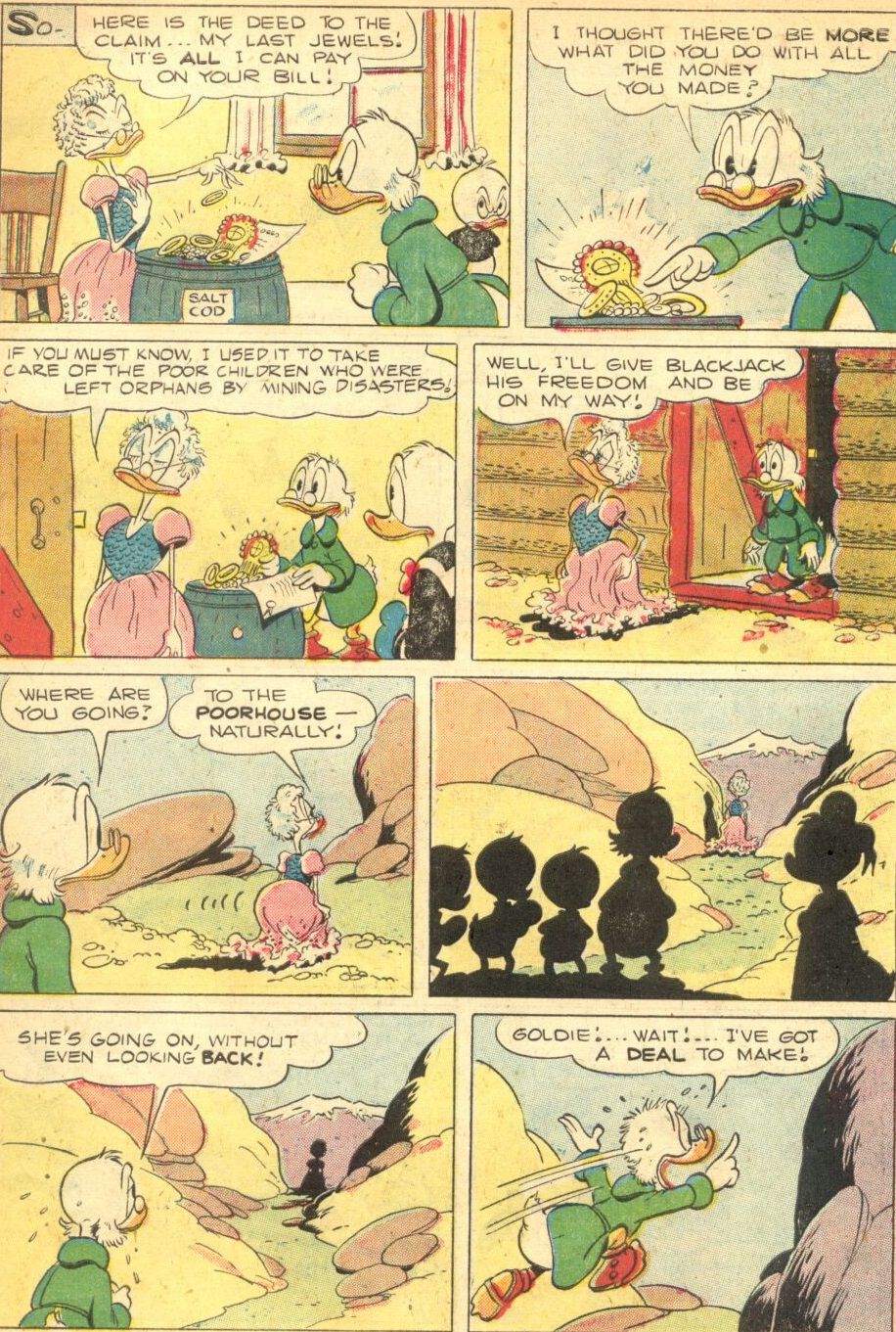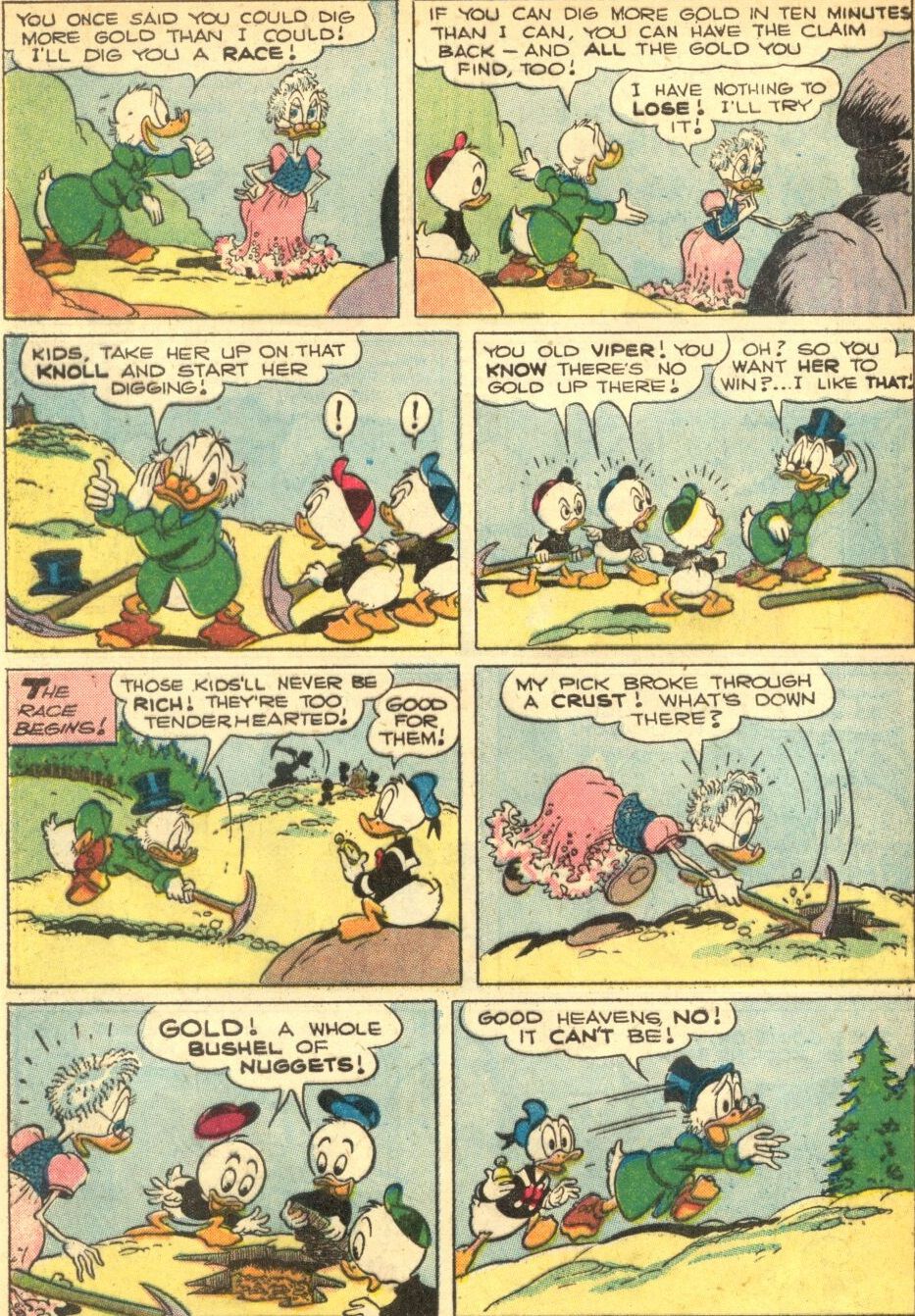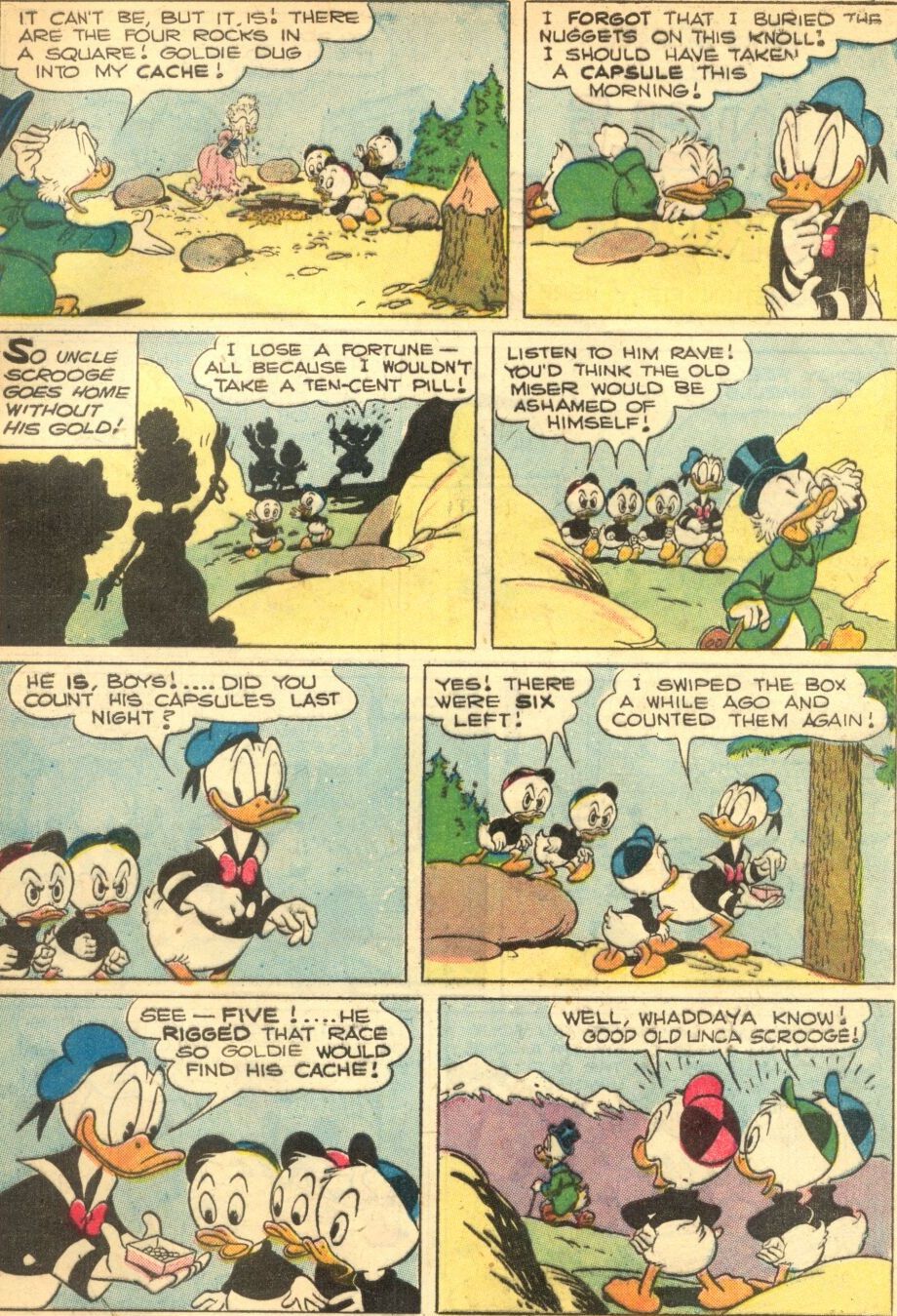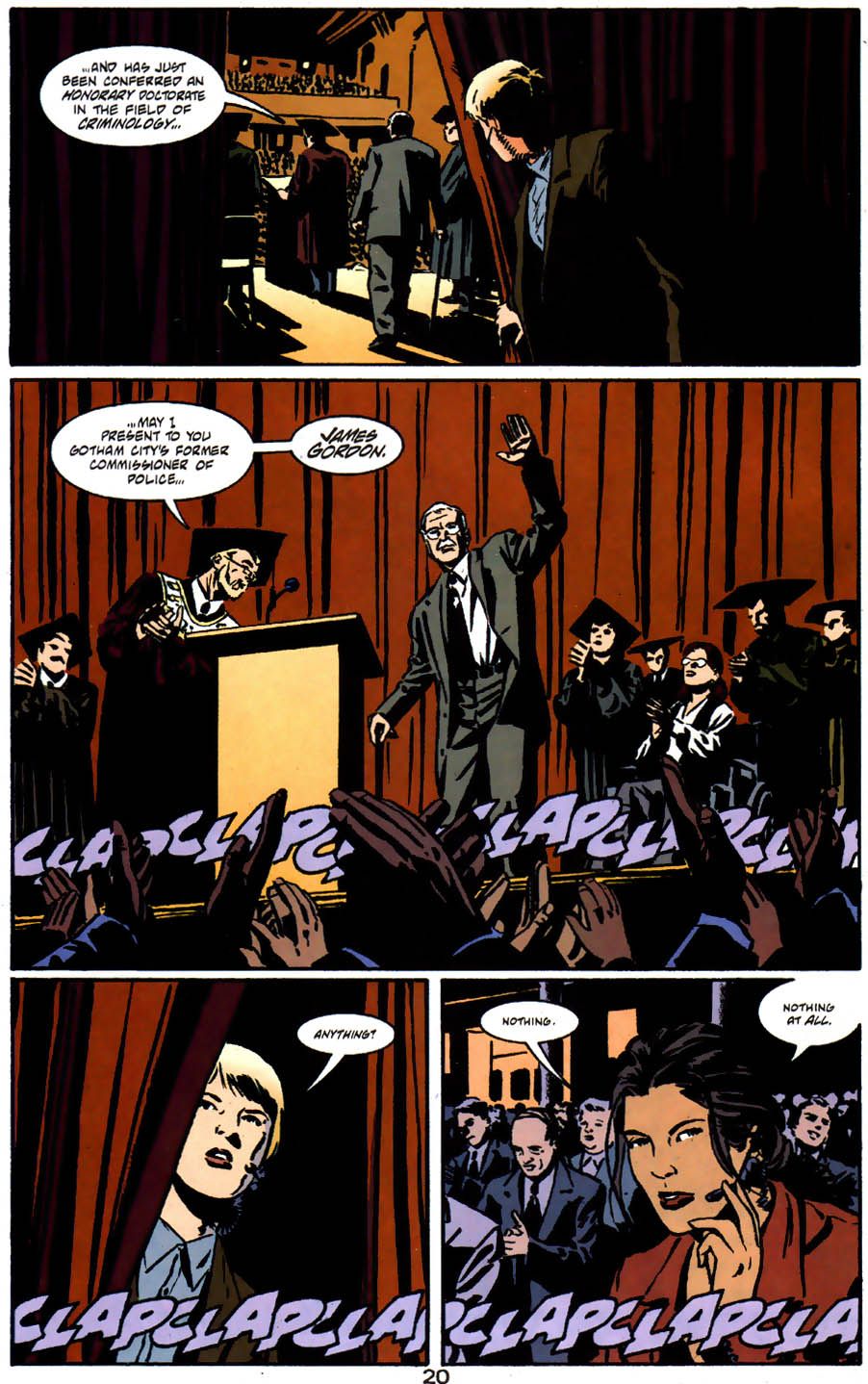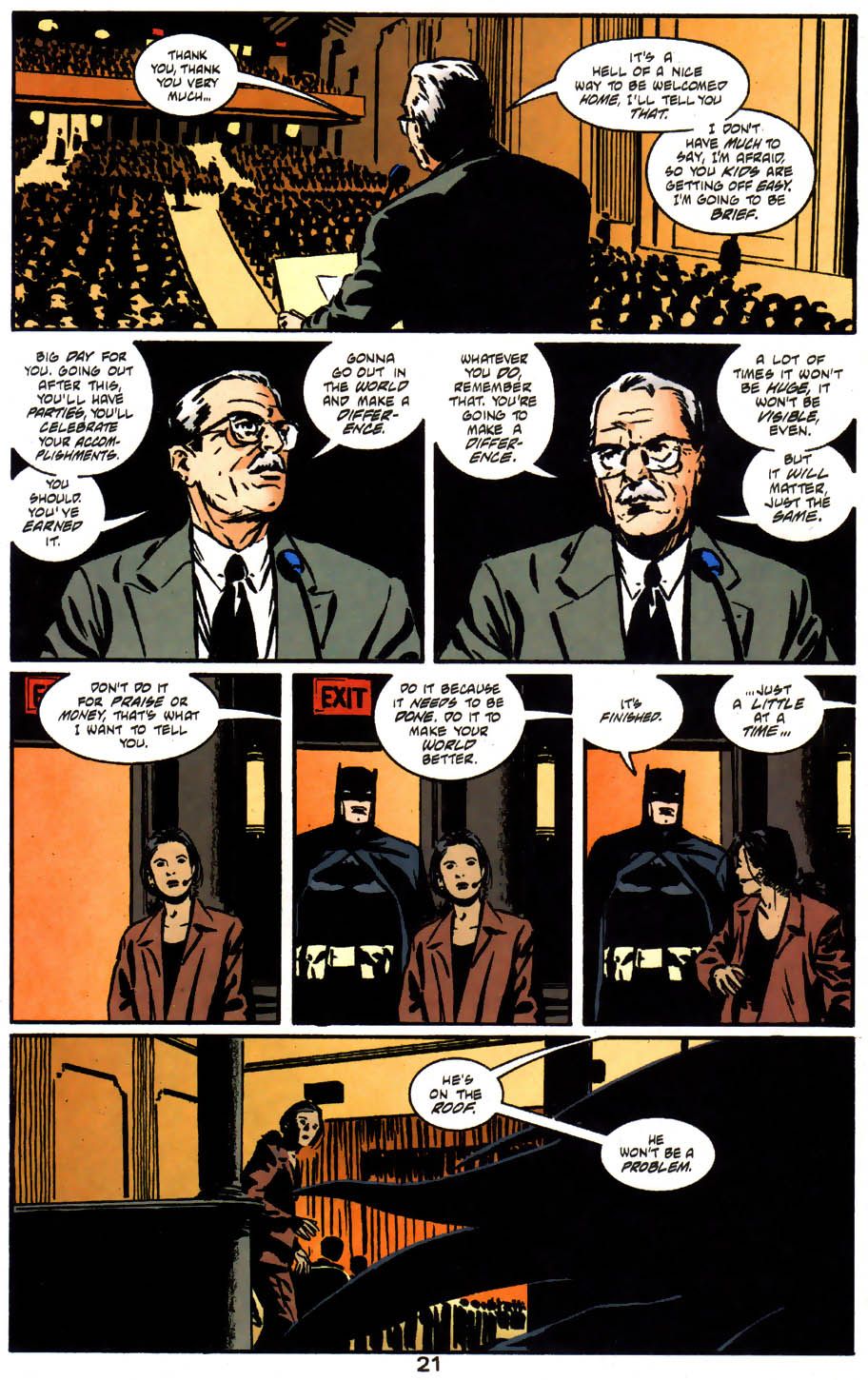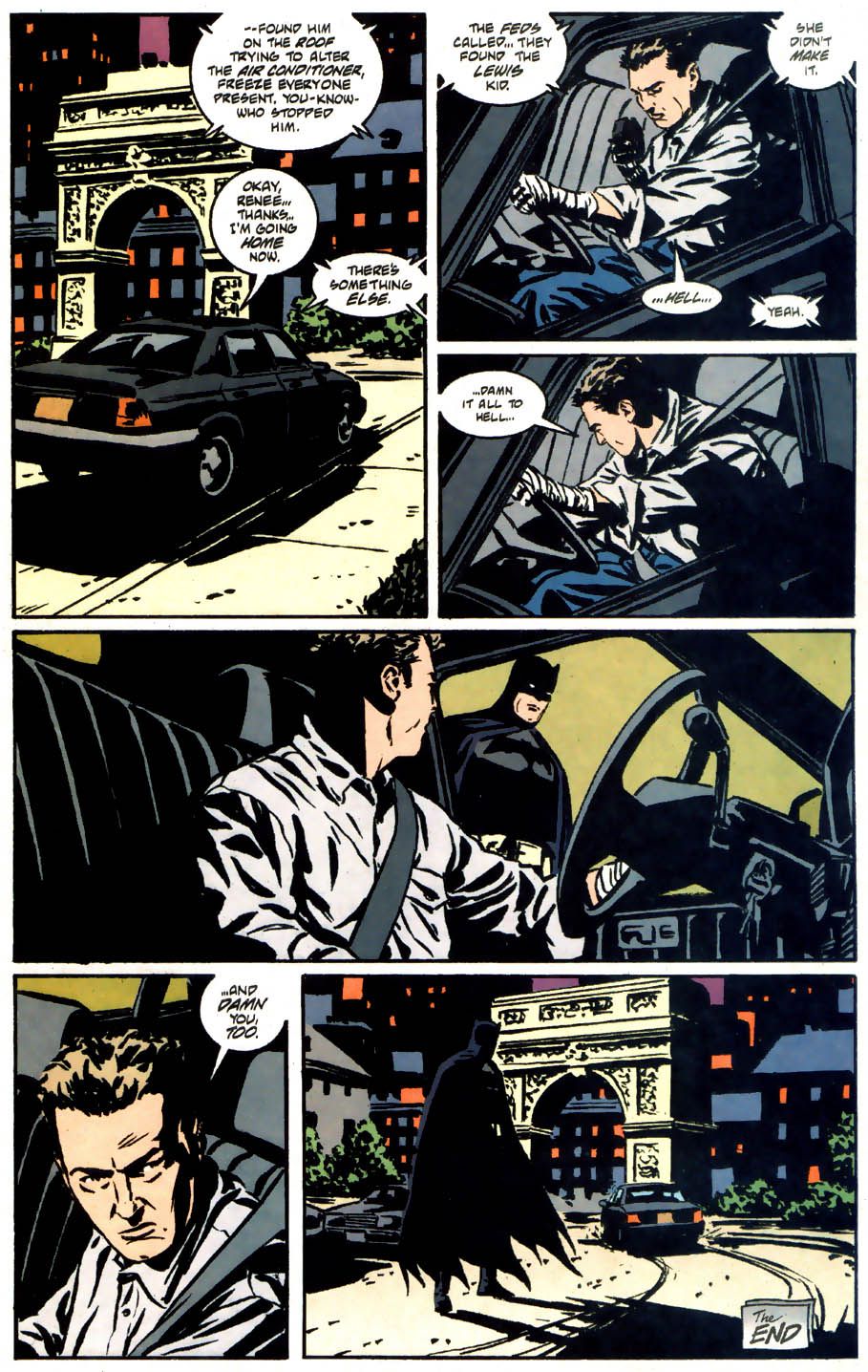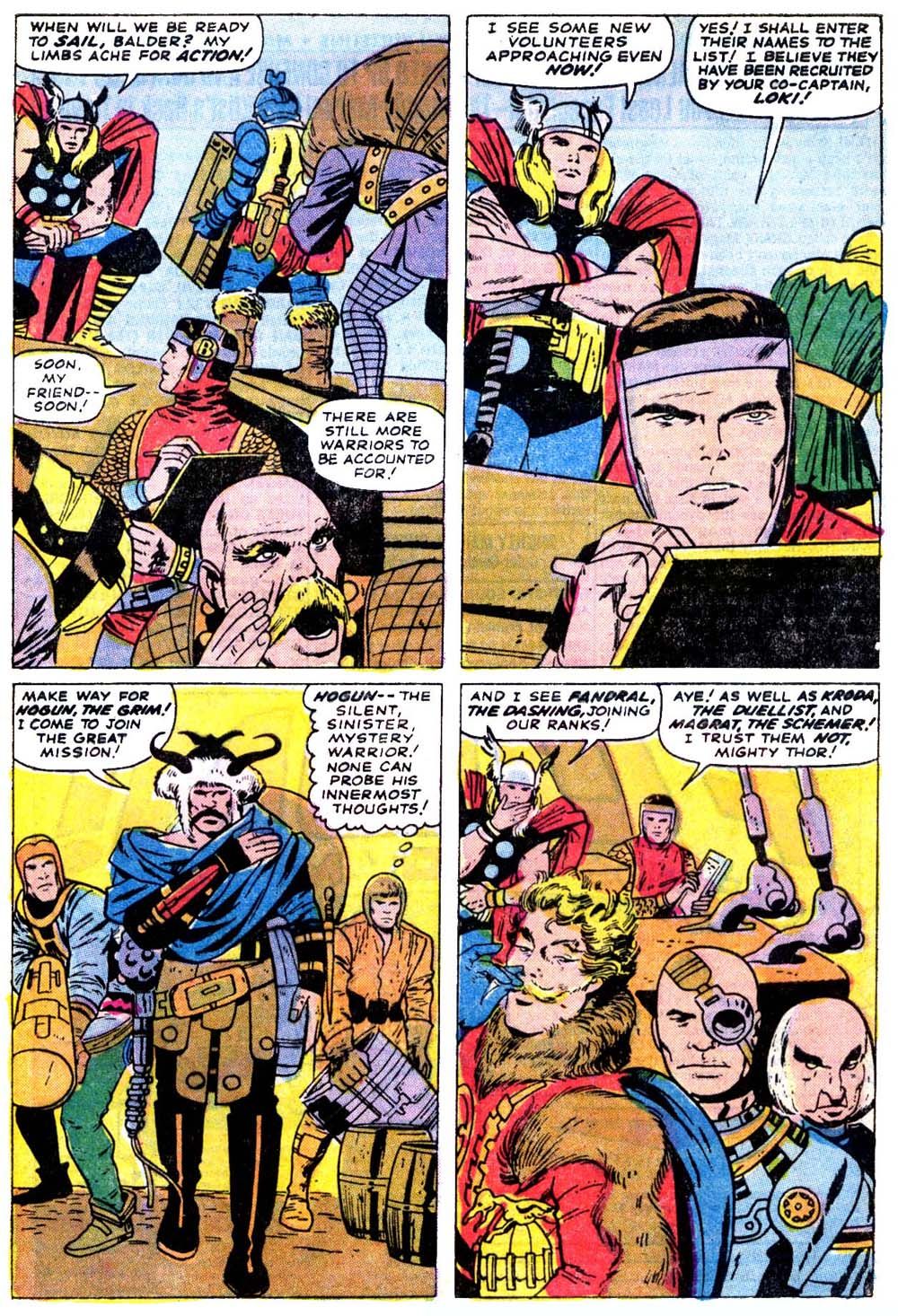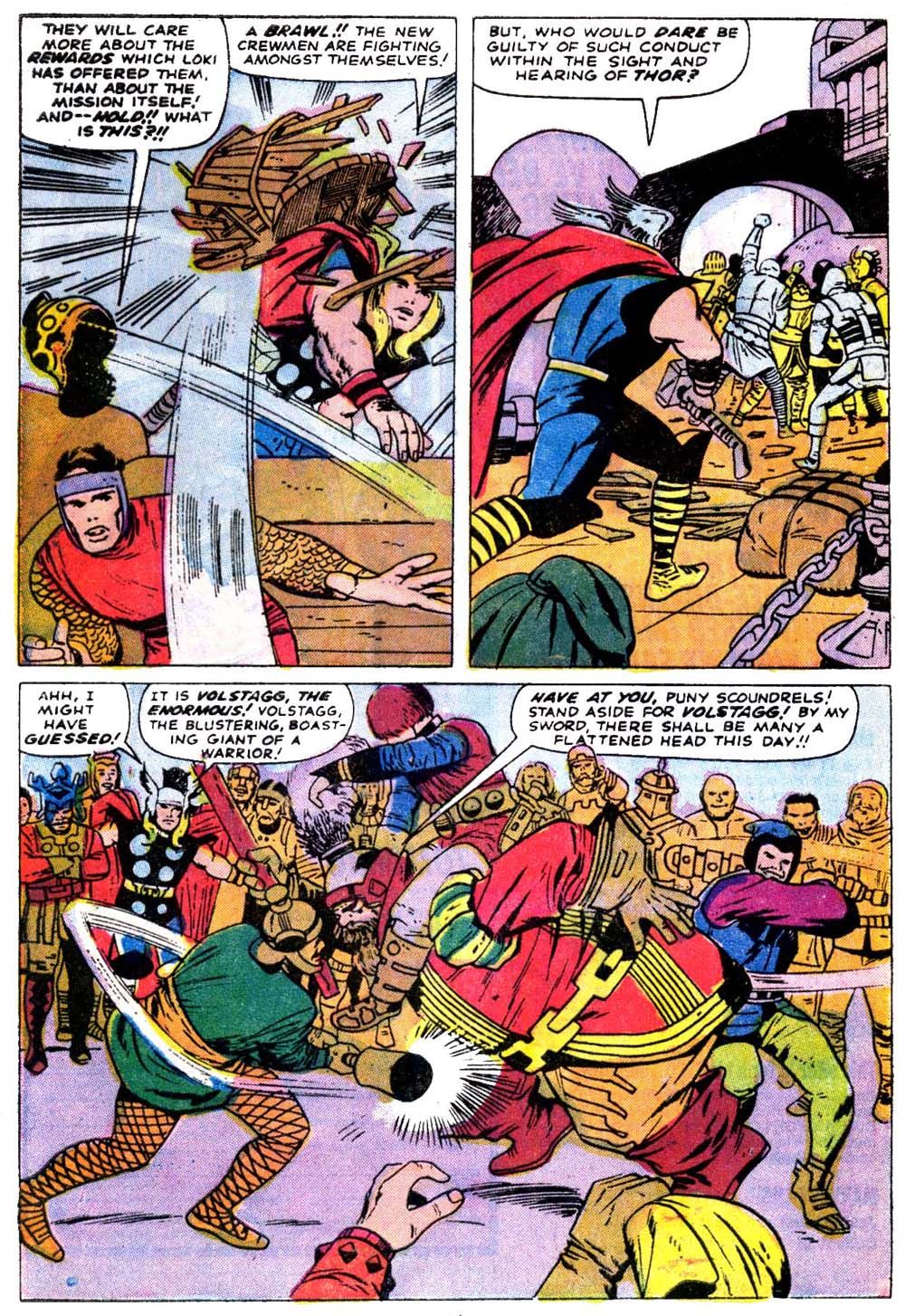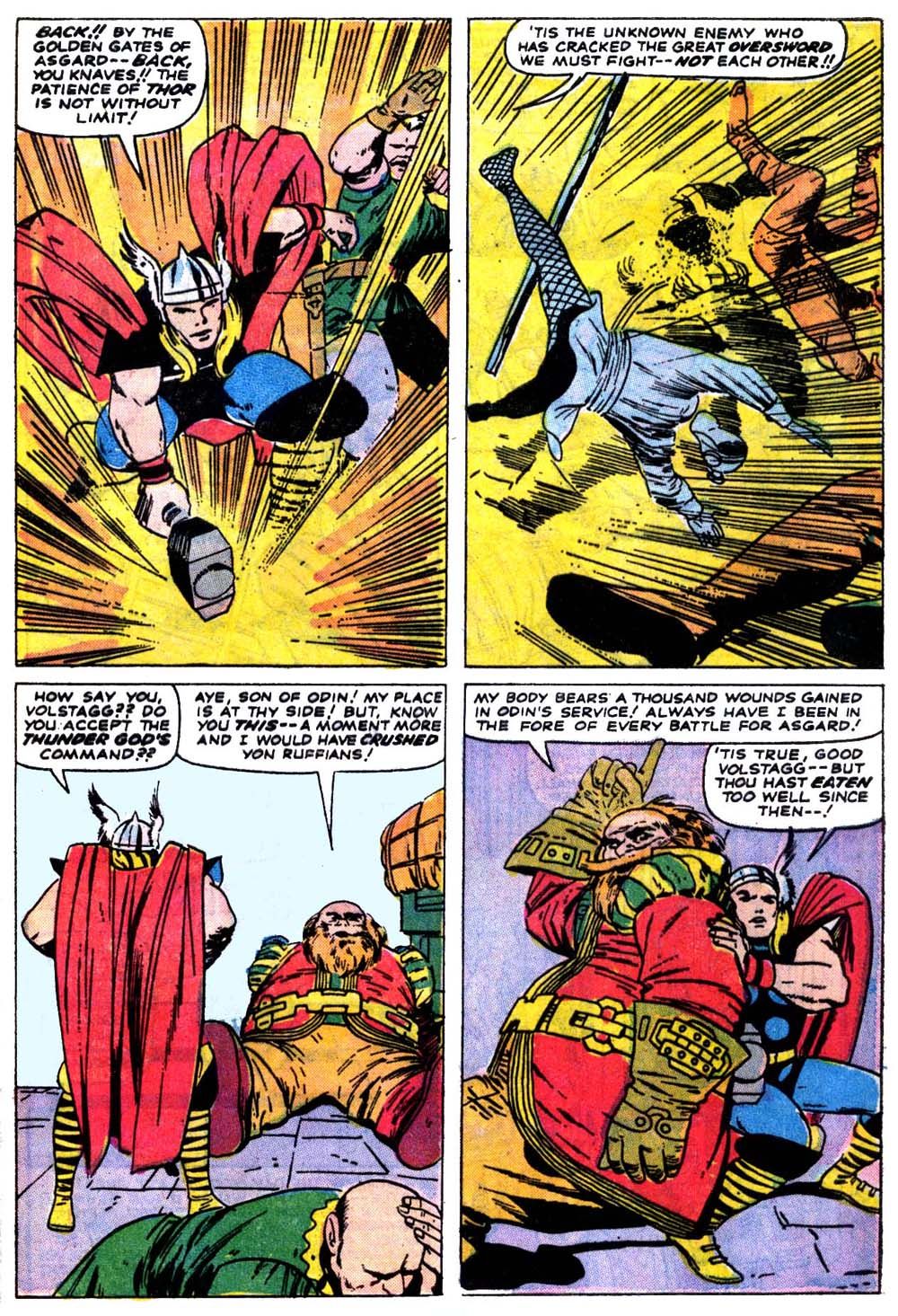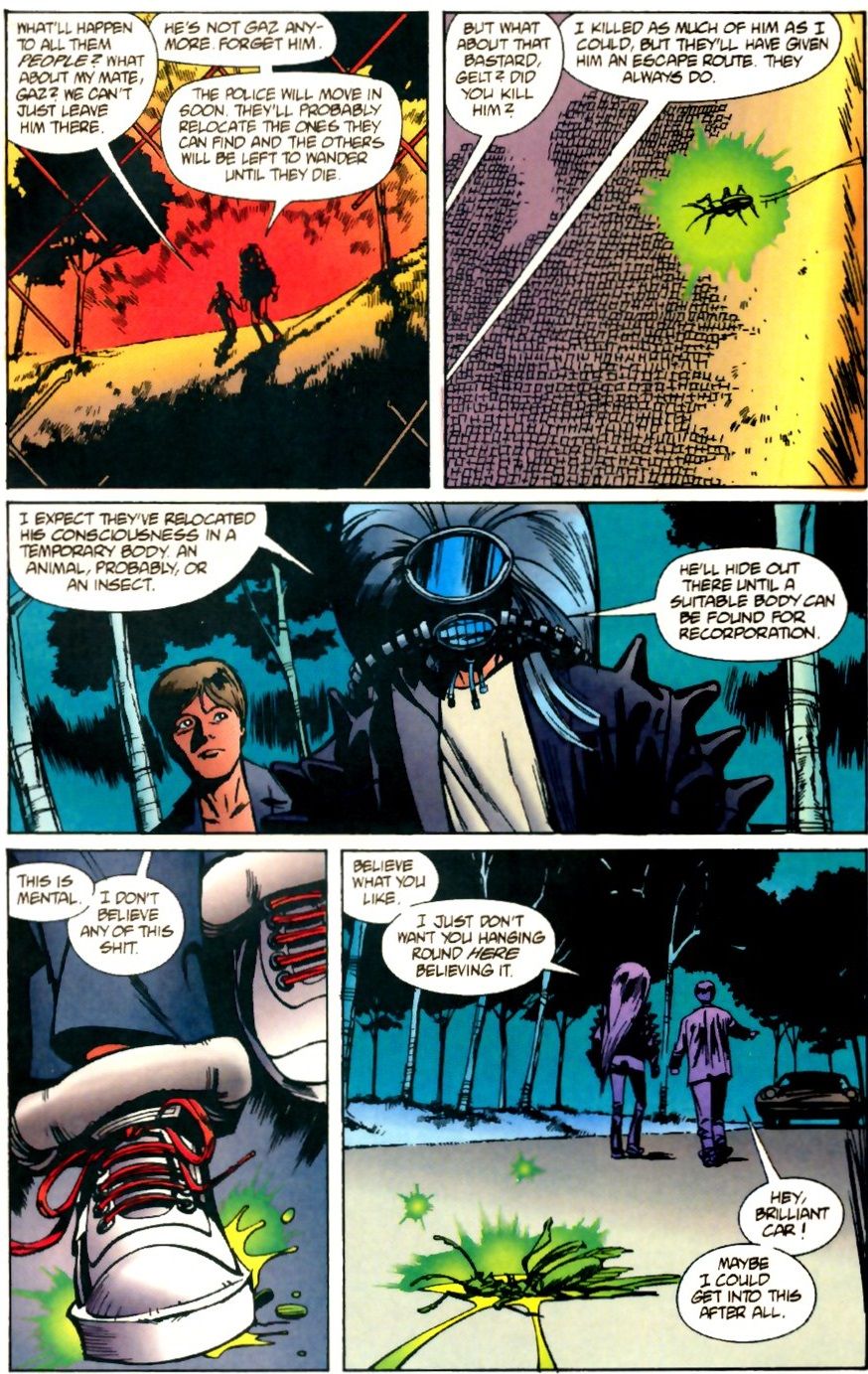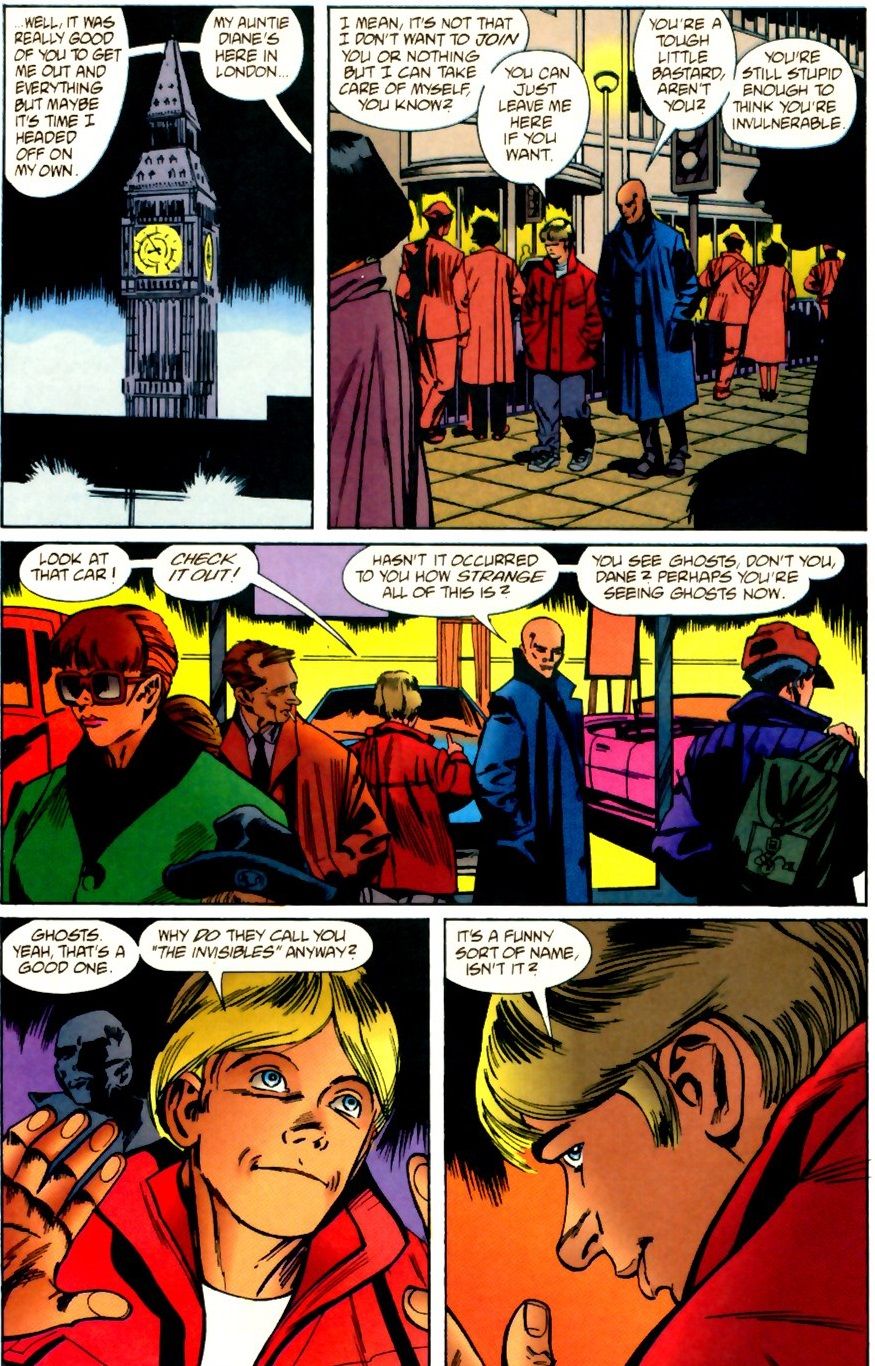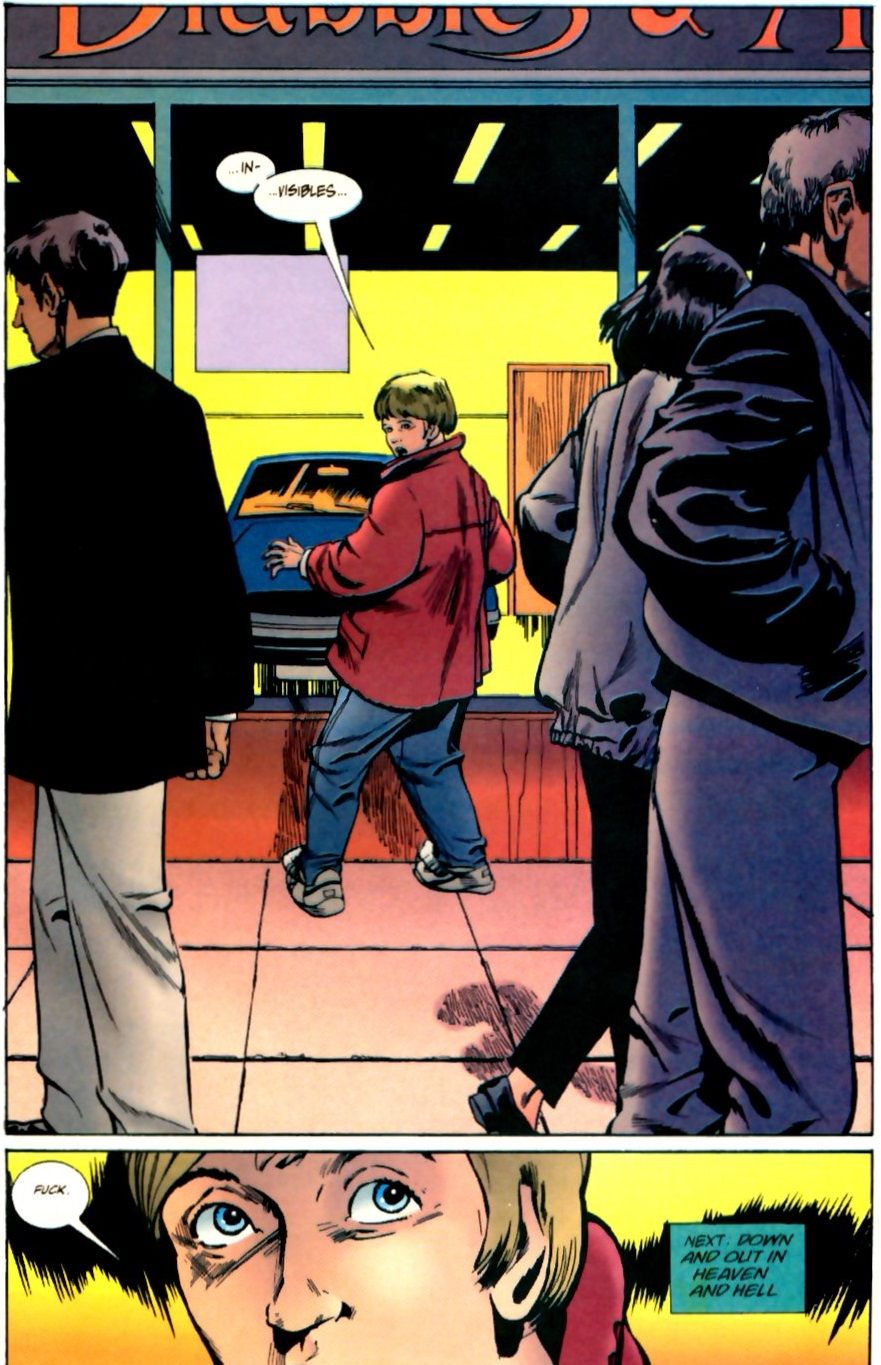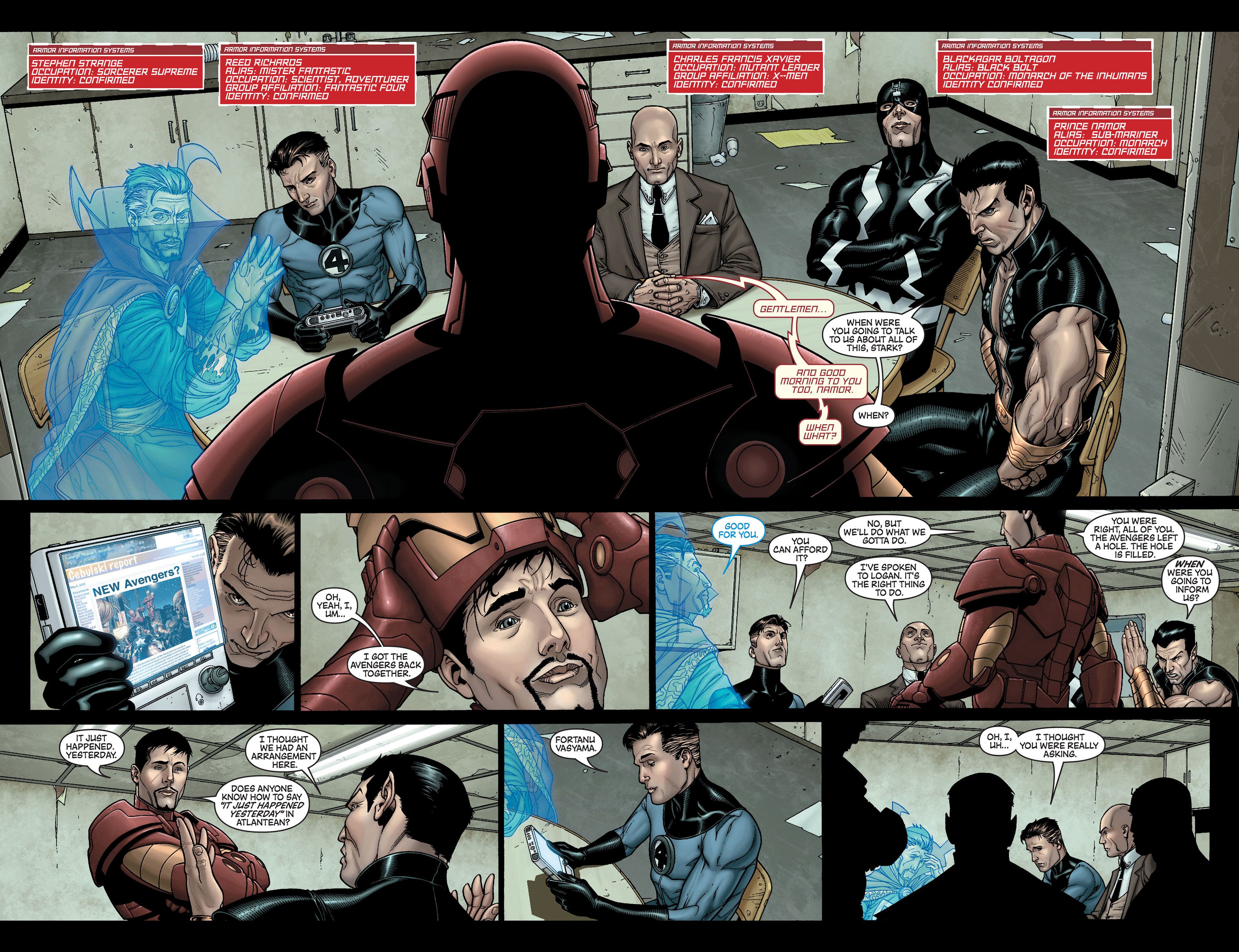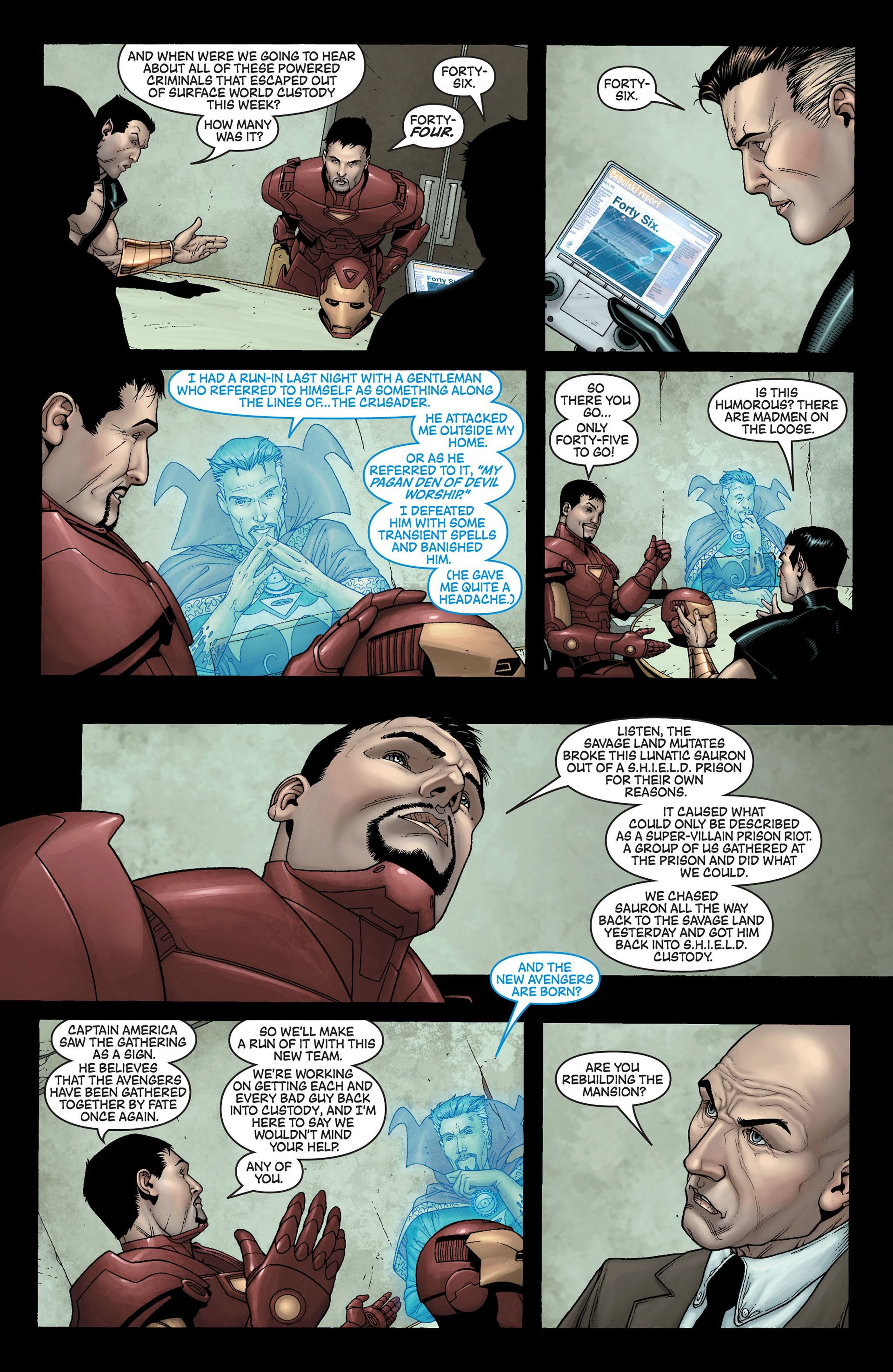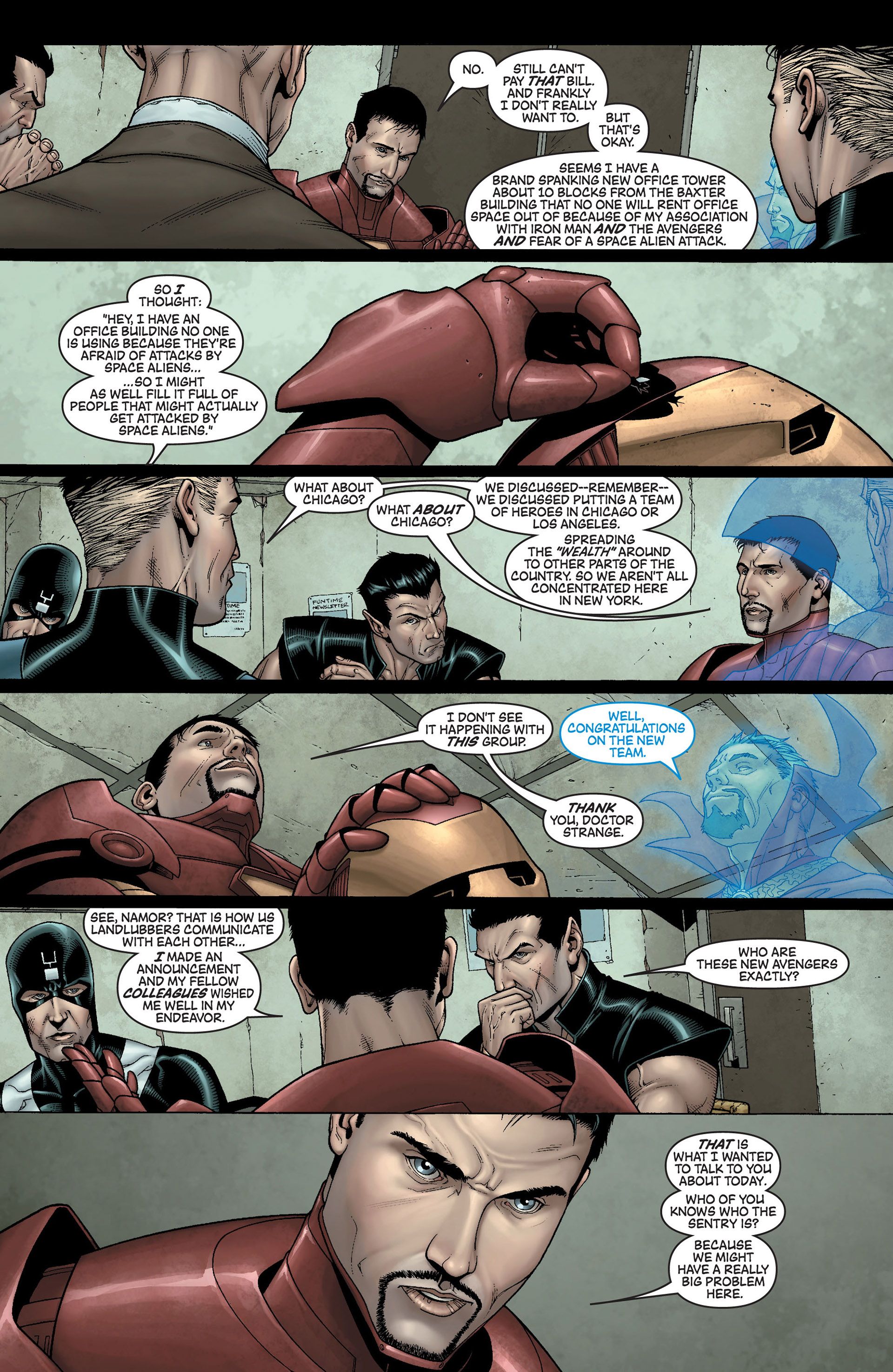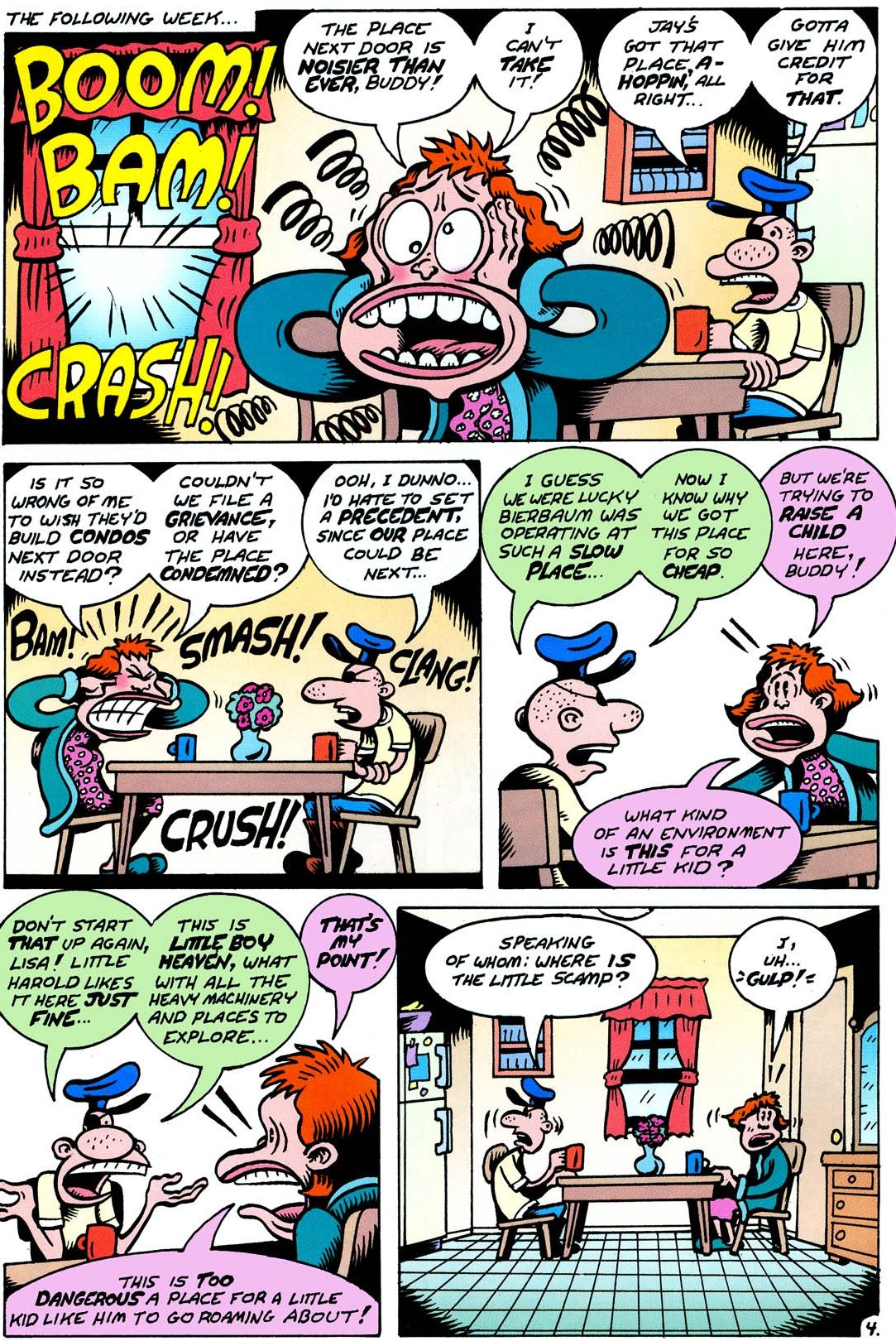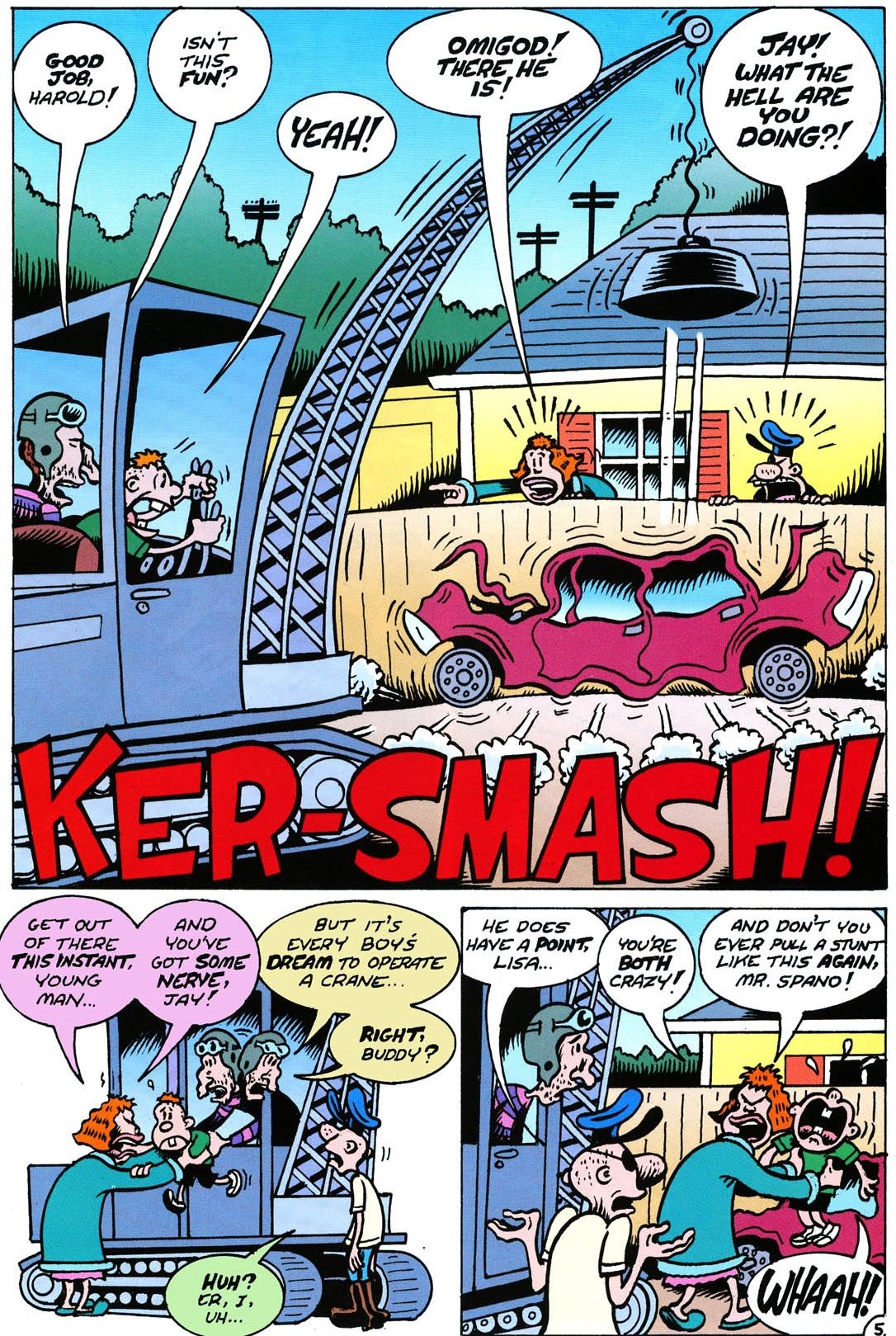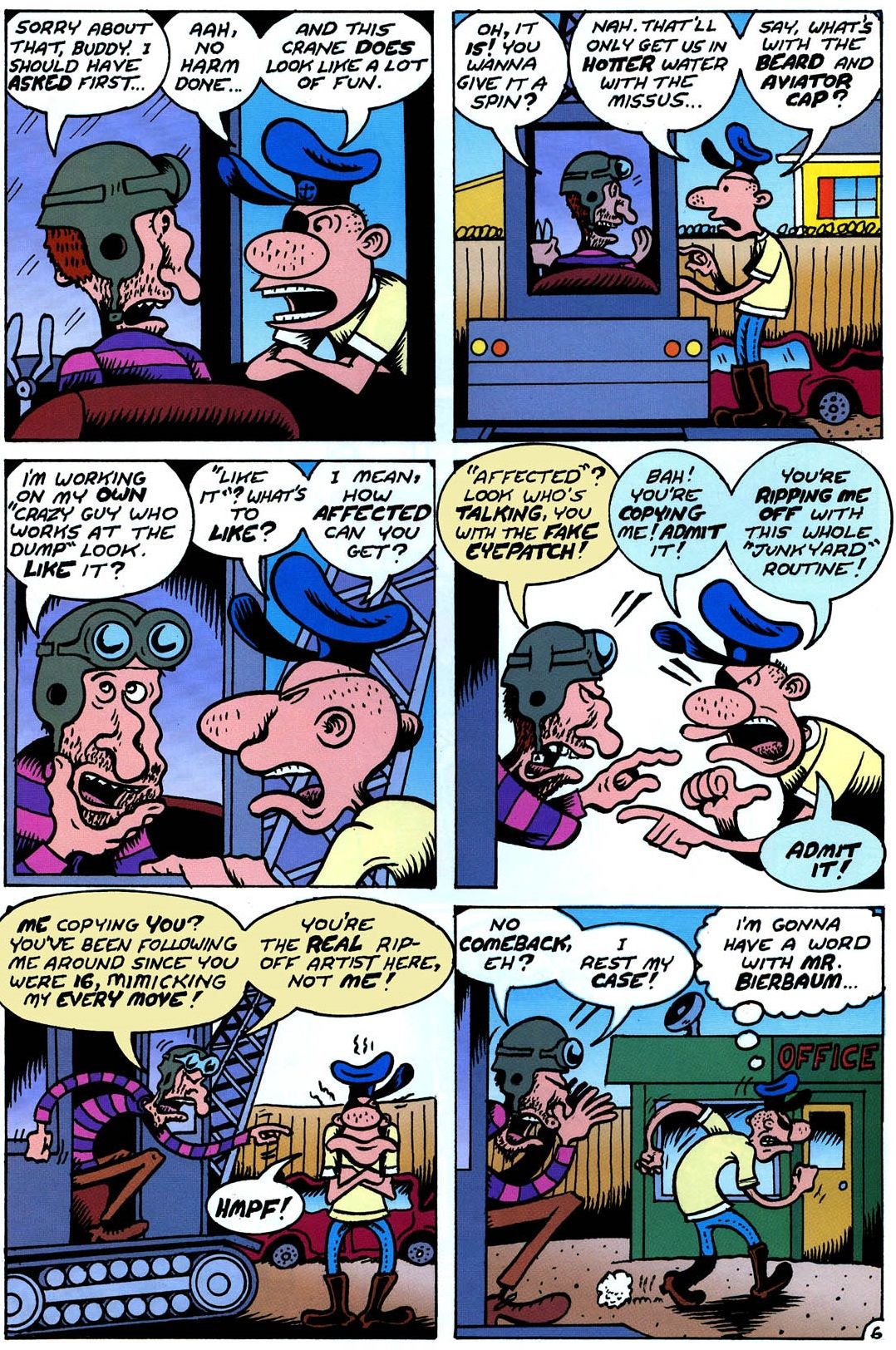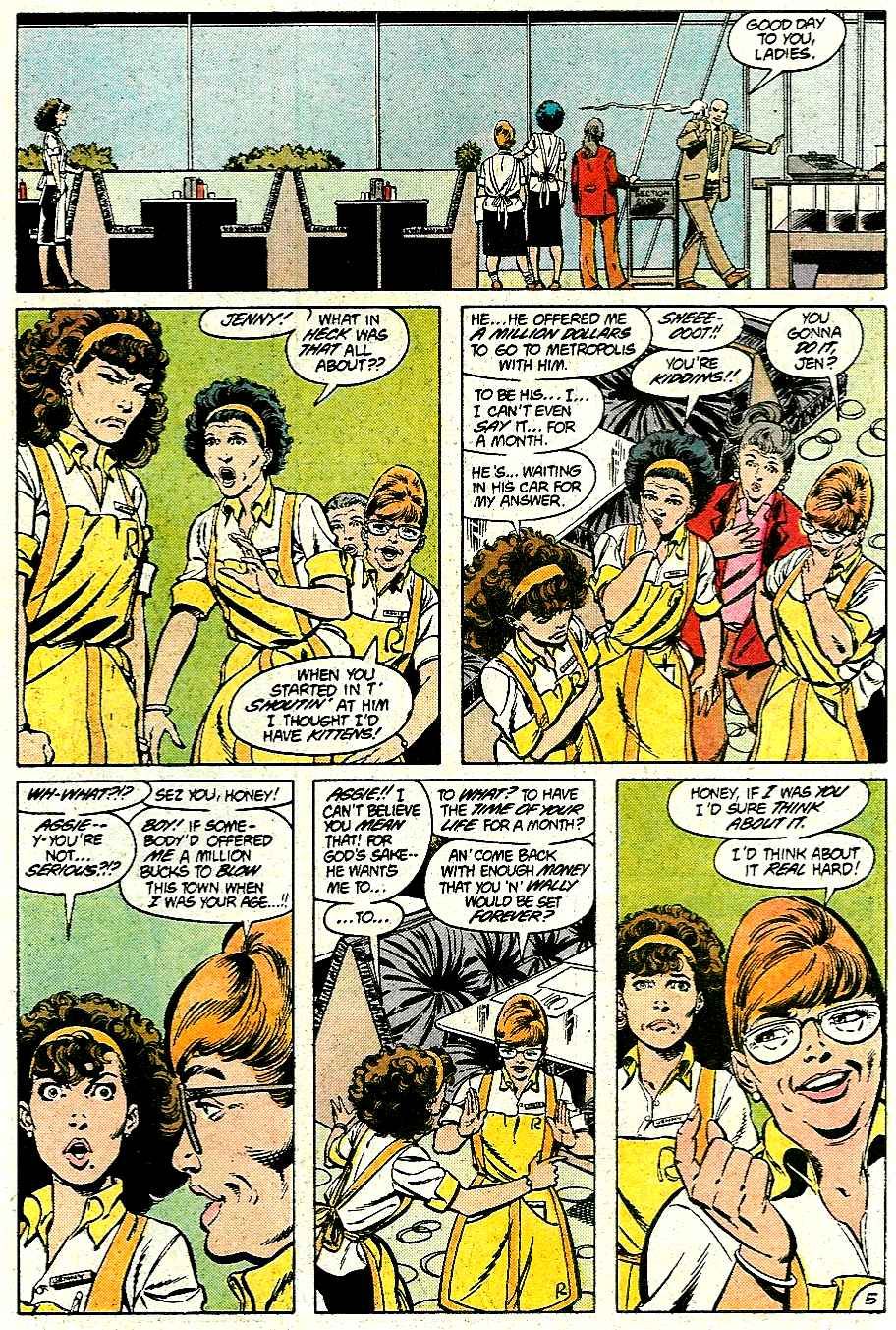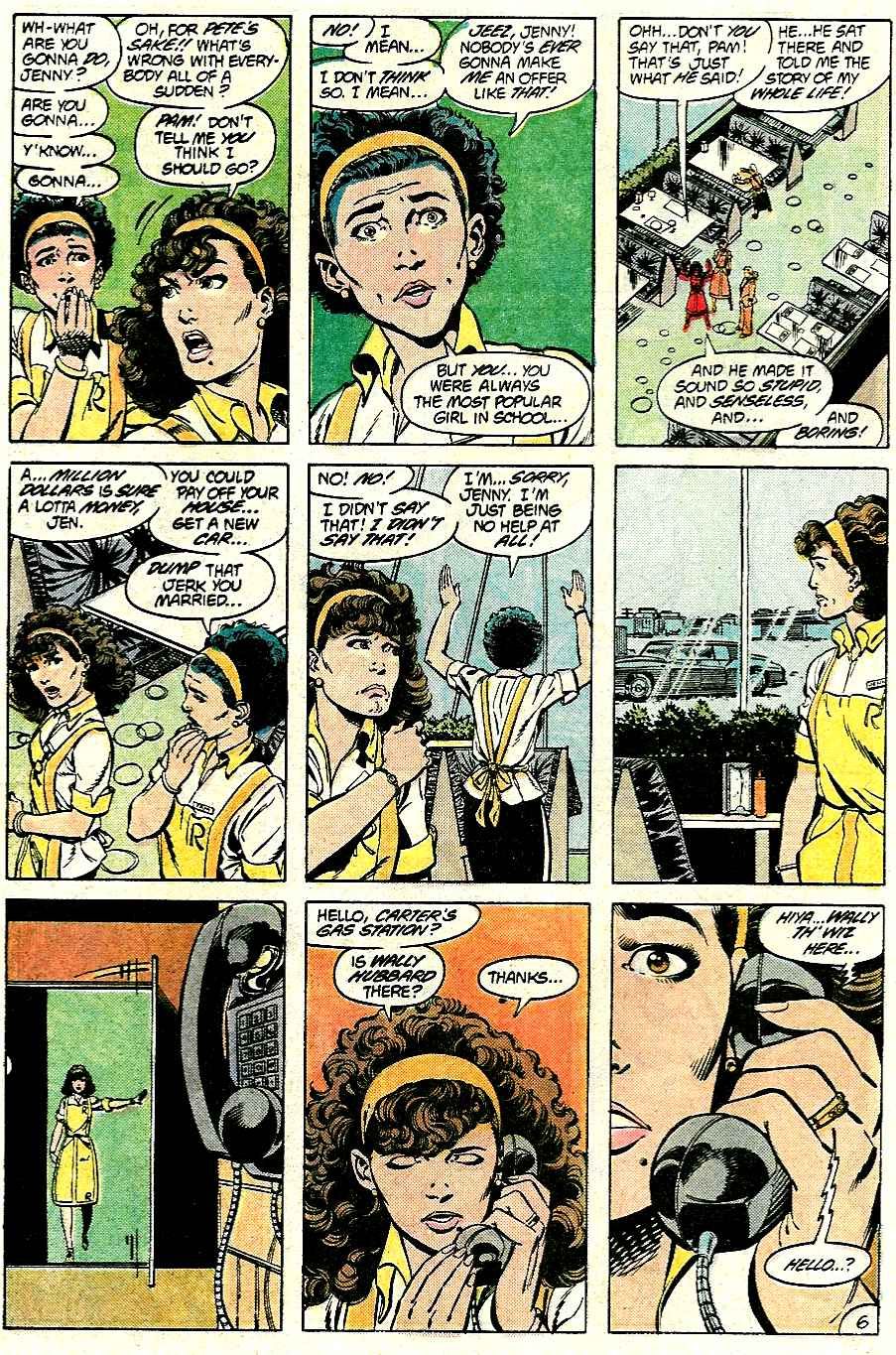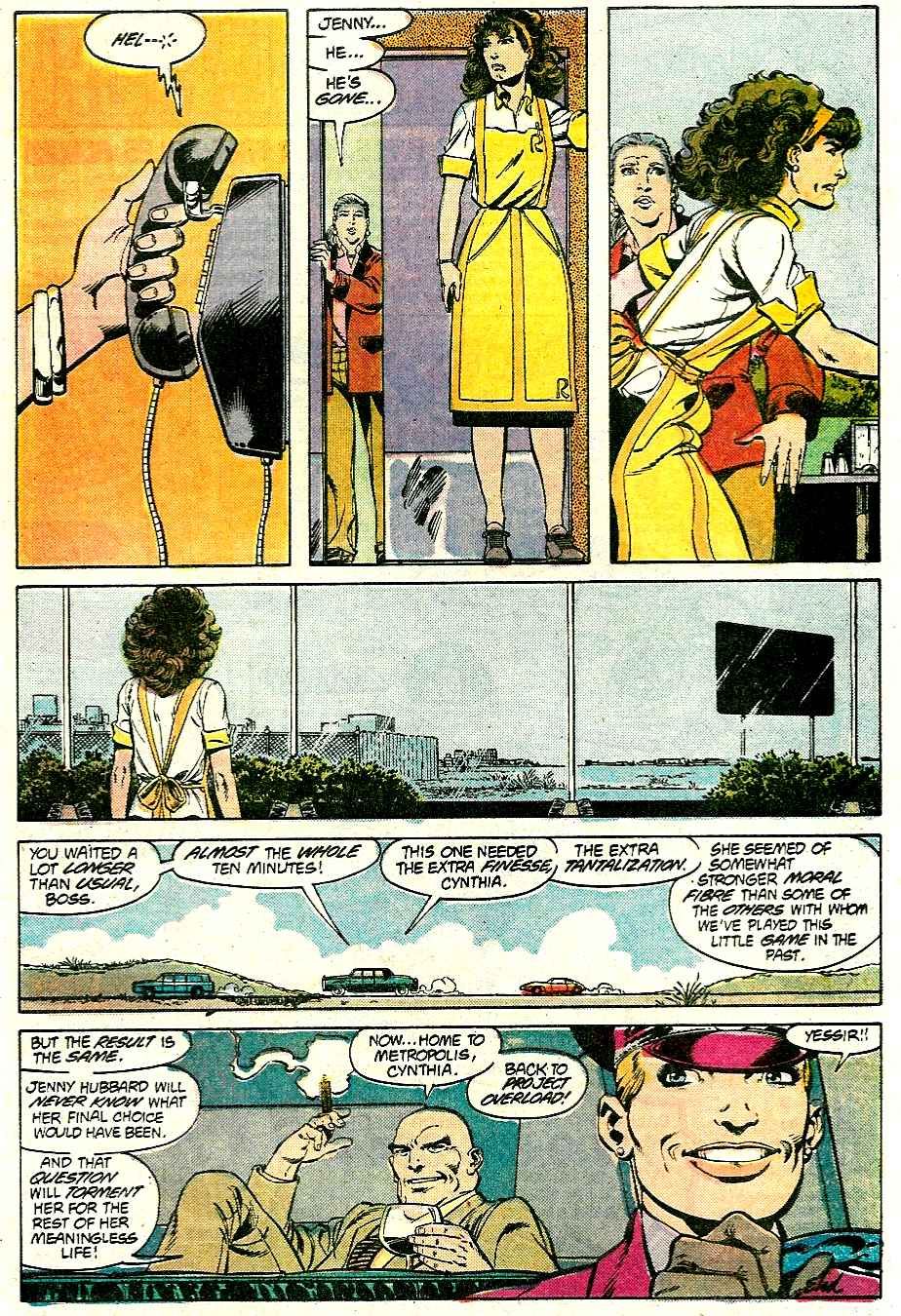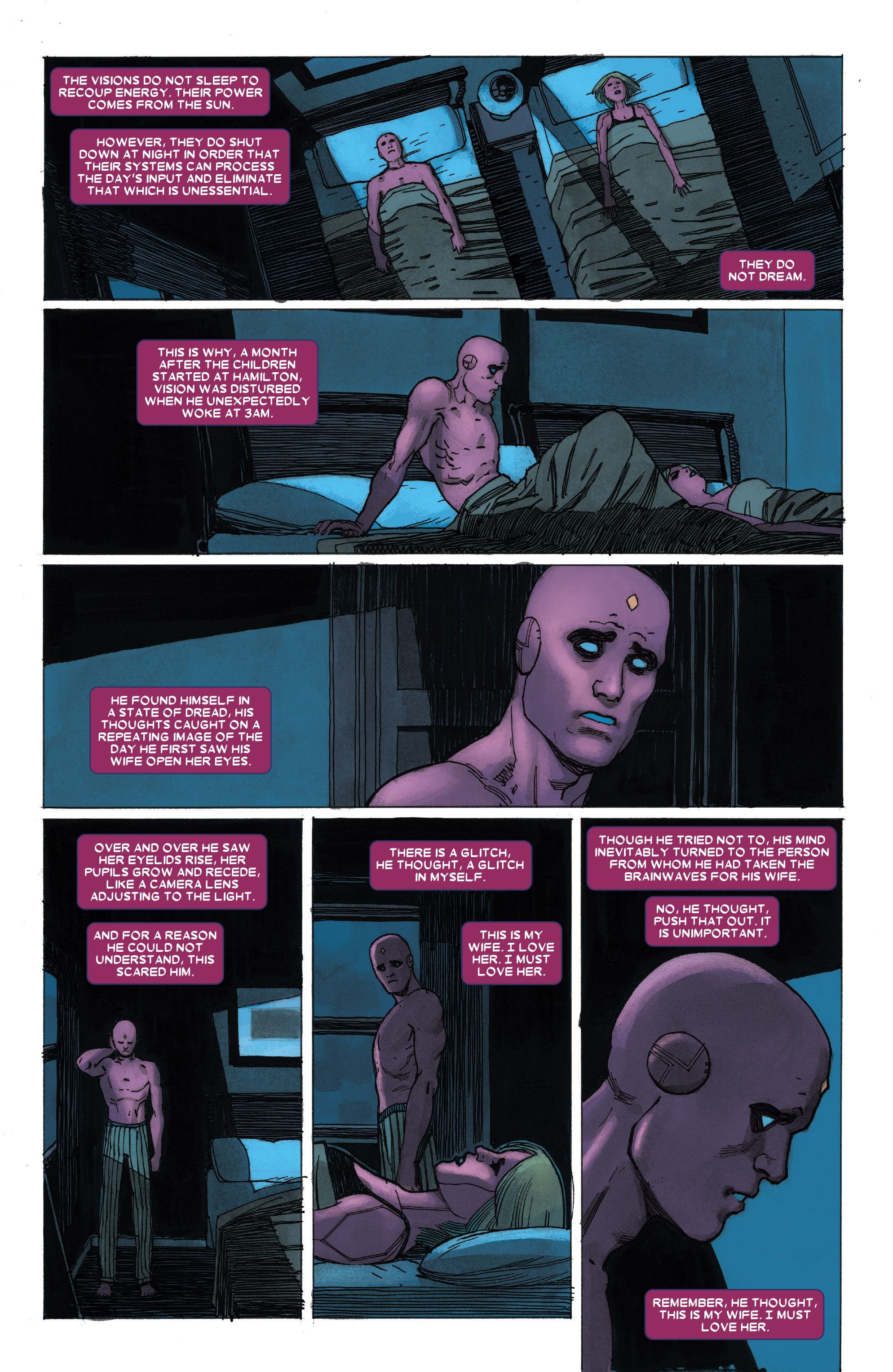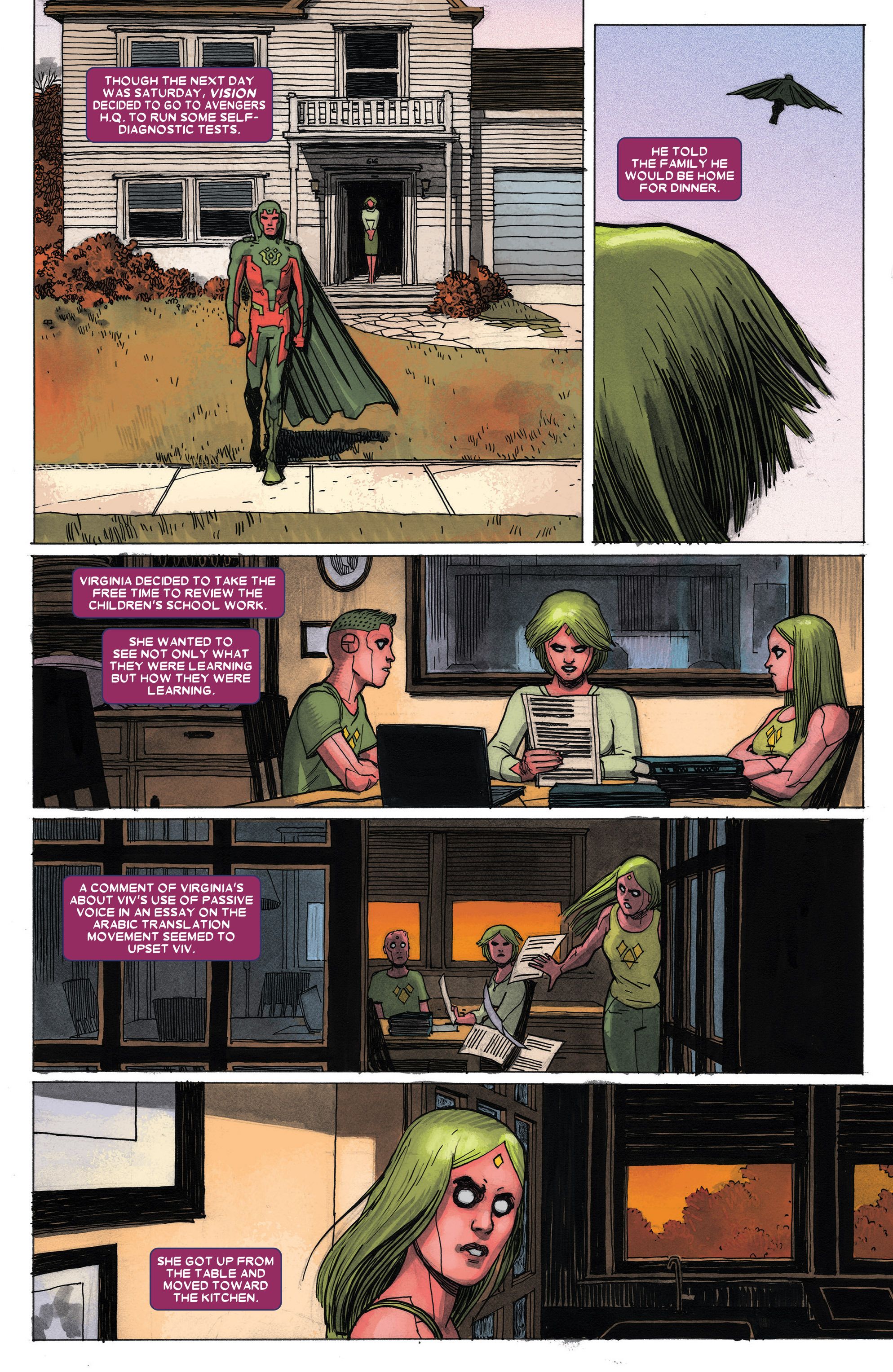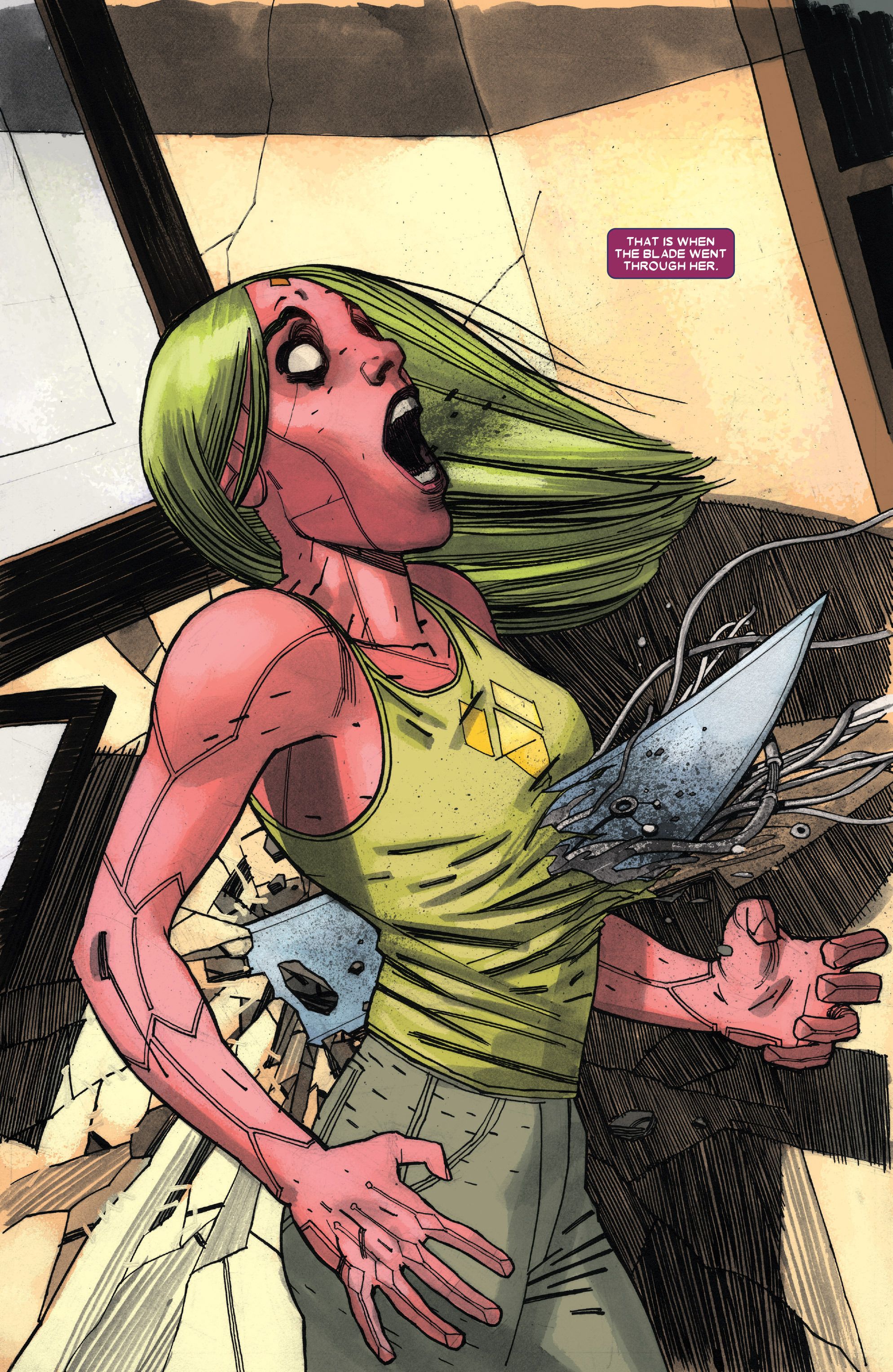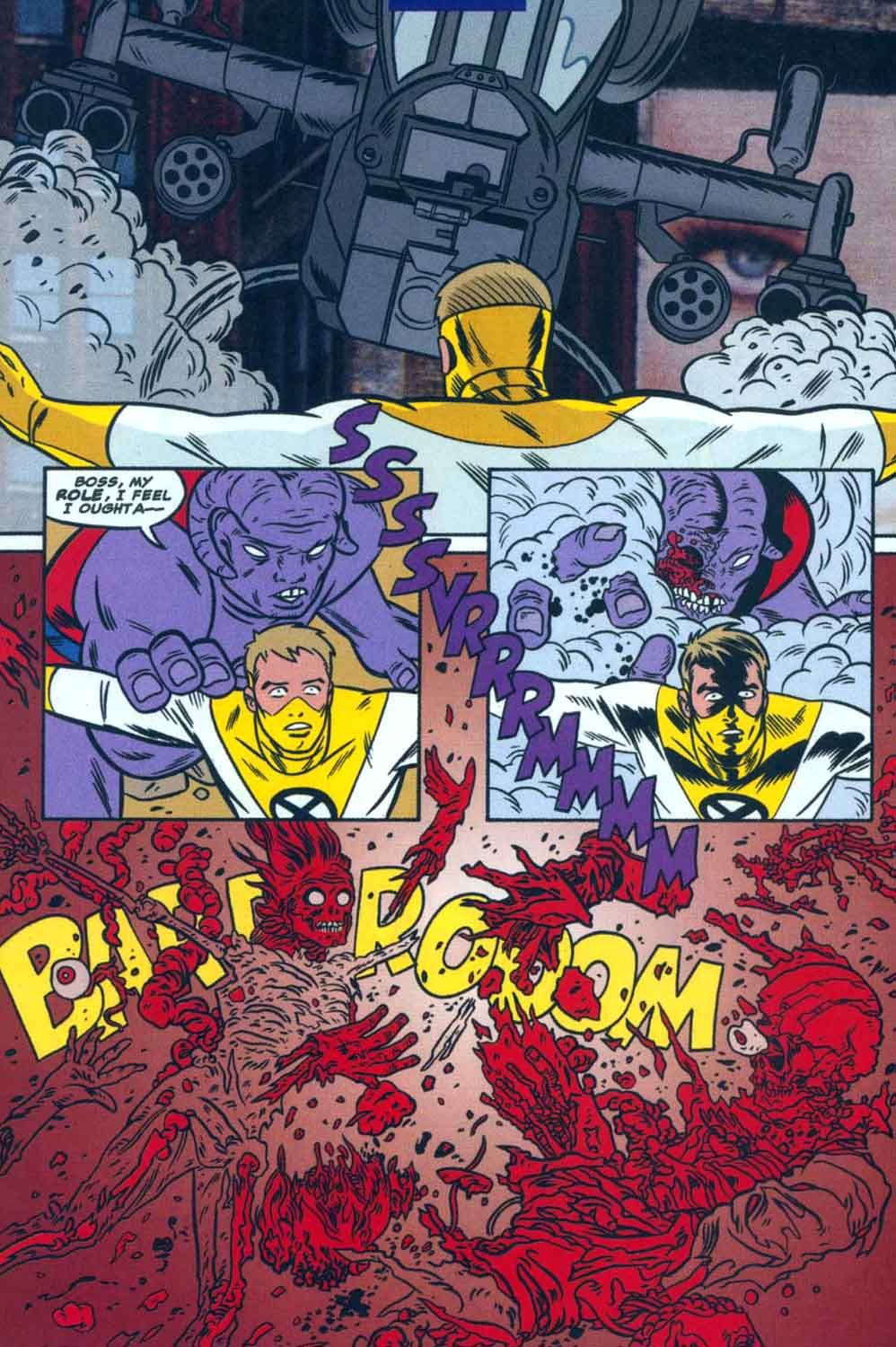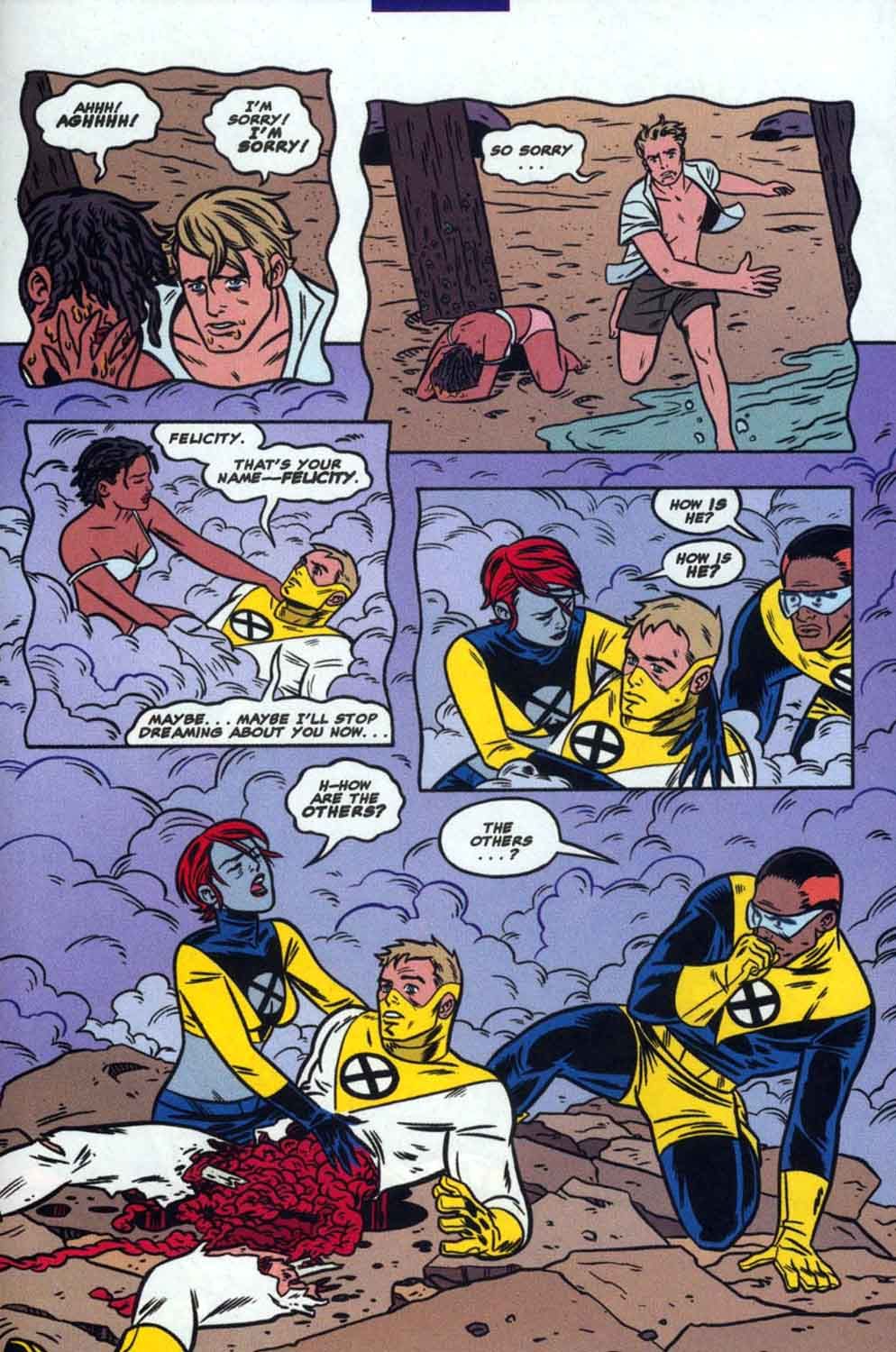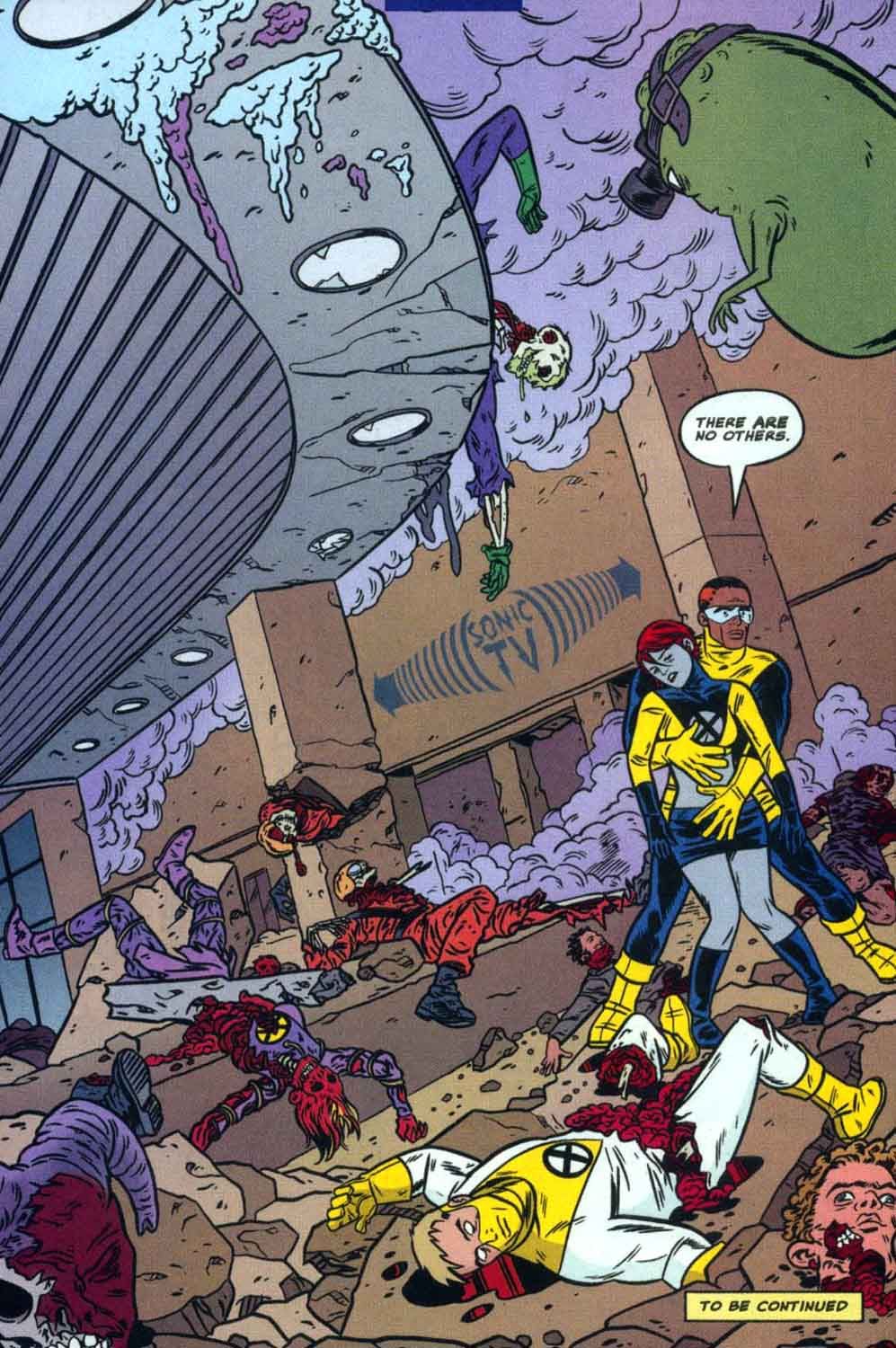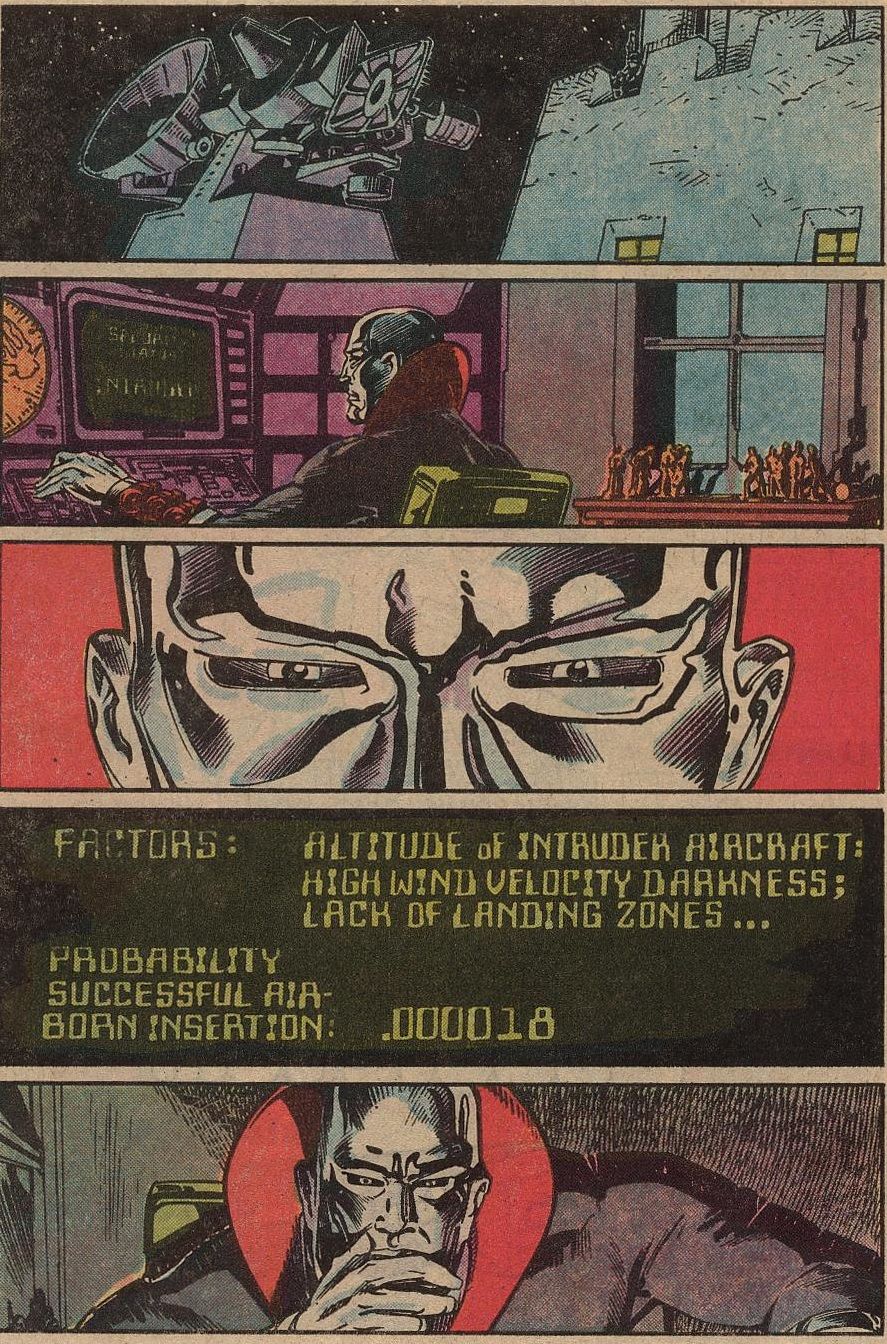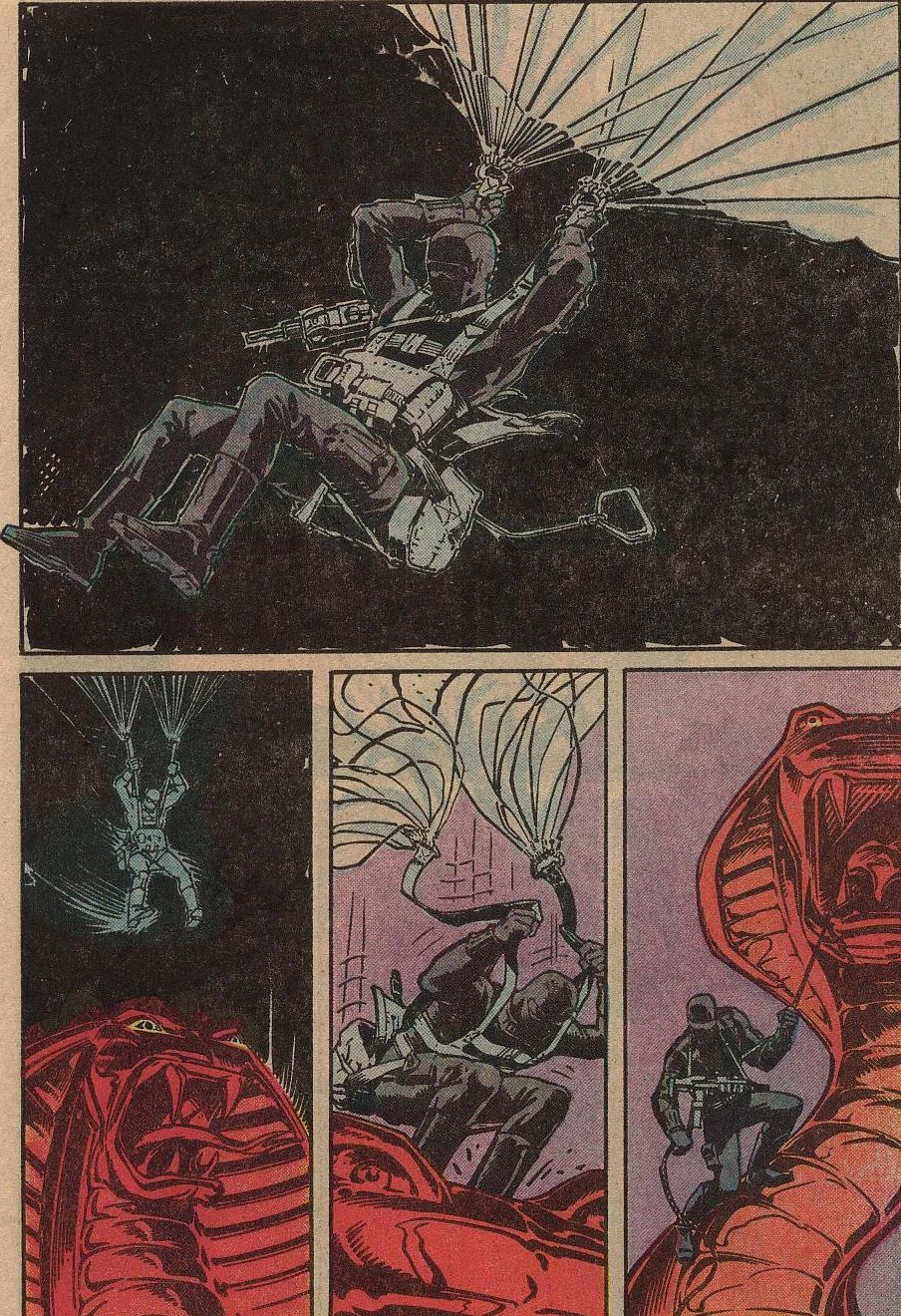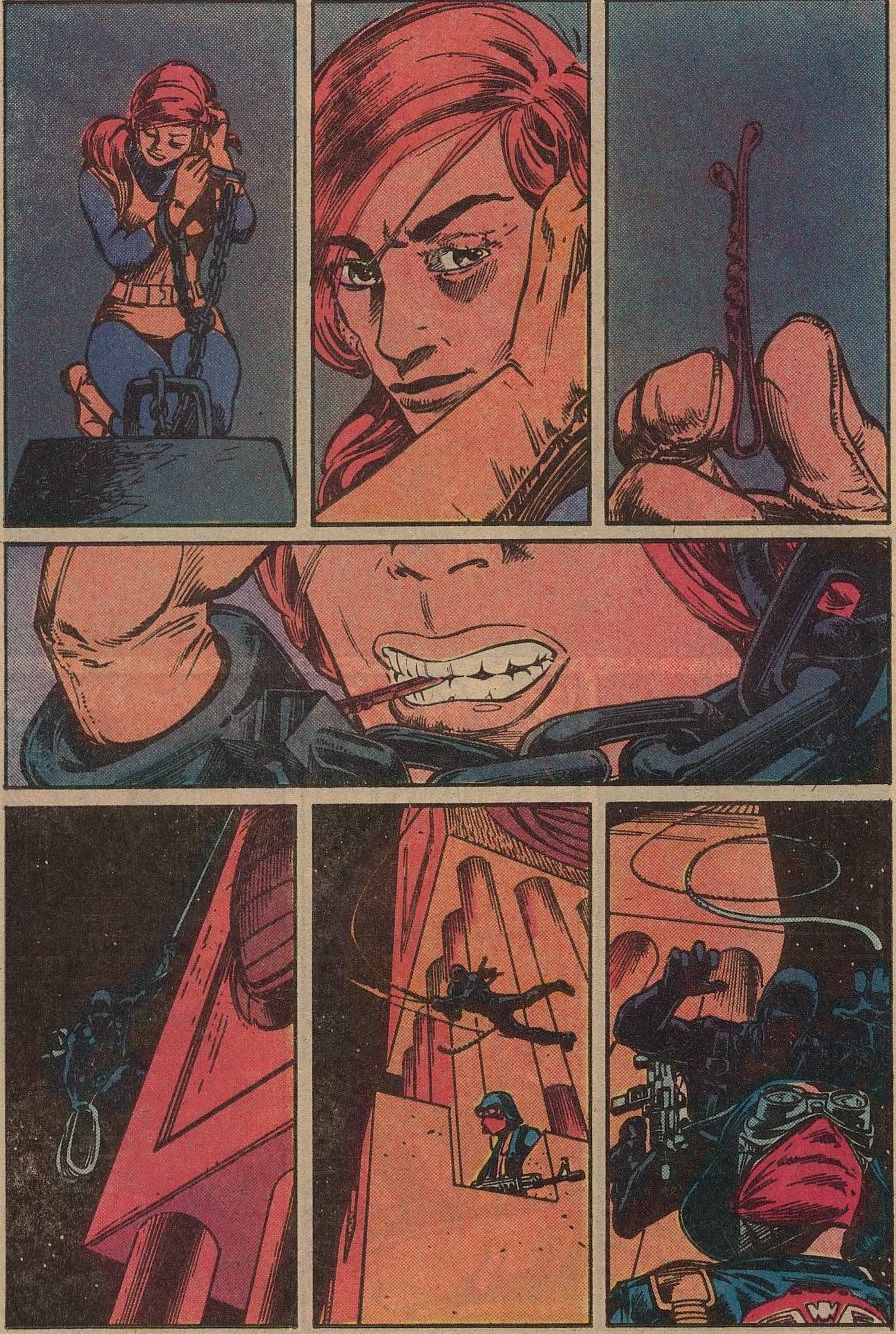You voted, and now, after over 1,000 ballots were cast, here are the results of your votes for your favorite comic book creator runs of all-time (this is the third time we've done this countdown. We're on an every four year schedule)!
To recap, you all sent in ballots ranking your favorite runs from #1 (10 points) to #10 (1 point). I added up all of the points and here we are!
80. Carl Barks' Duck Comics - 138 points (5 first place votes)
A variety of Walt Disney comics from 1943 through 1972, most notably Uncle Scrooge #1-71
The last time around, enough voters went for just “Duck comics” for Carl Barks, which I guess is fair enough, as that’s really what Barks did. From 1943 until he stopped working regularly as a comic book creator in the early 1970s, pretty much every month would have a new Carl Barks written and drawn story. Last time, there were also a large chunk of voters for "Carl Barks' 'Uncle Scrooge,'" but this time around, everyone just went for "Duck comics."
Of the Duck comics, his "Uncle Scrooge" work is certainly his most personal work, as Uncle Scrooge is his own creation (Barks introduced him in a Donald Duck Christmas story in the late 1940s). His Uncle Scrooge stories were also later adapted into the hit Disney cartoon series "Duck Tales." Uncle Scrooge is the world’s richest duck but he is also a cantankerous old coot who occasionally has a heart that matches the gold in his money bin.
What was so amazing about Barks’ work was not only the fact that he was a wonderfully skilled artist (he was a born storyteller and the amount of characterization he could get across while working with talking DUCKS is astonishing) but that his stories had such a great DEPTH to them. Kids would not only be entertained by his fun stories, but they would LEARN things about different parts of the world and about world history and myths. Barks has a voracious appetite for knowledge and he expressed this appetite in his stories.
Not only that, but Barks also had an impressive ability to tell complex stories about the human…er…duck condition, like with the amazing "Back to the Klondike." Uncle Scrooge has been taking memory pills (he does not take them too often as they cost ten cents apiece so he doesn’t want to be wasteful) and suddenly he remembered an old adventure he had gone on in the Klondike with an old sort of girlfriend, Glitterin’ Goldie. He heads to the Klondike to recoup the money he knows she owes him and once there, they go on a series of adventures trying to find her and once they DO find her, Scrooge’s nephews (Huey, Dewey and Louie, who Barks used to great effect in his stories, especially the Boy Scout-like group they belonged to, the Junior Woodchucks) regret the fact that Scrooge is going to take this nice old woman for all she has got. Or is he?
Legendary.
Just like Carl Barks.
79. Greg Rucka and Ed Brubaker's "Gotham Central" - 139 points (4 first place votes)
"Gotham Central" #1-40
Chuck Dixon featured the Gotham police department quite a lot in his Batman comics, and Doug Moench had a soft spot for both Harvey Bullock and Commissioner Gordon, but even compared to them, Greg Rucka seemed to have an uncanny interest in the Gotham police department. His level of interest was equaled by then=incoming "Batman" writer (Rucka wrote "Detective Comics"), Ed Brubaker, who also specialized in the sort of down-to-Earth police stories that also interested Rucka.
Therefore, after a storyline about the Gotham police department (where Commissioner Gordon is almost killed), the pair launched the acclaimed police procedural, "Gotham Central."
The book had an intriguing concept – while the two writers would work together on occasion, they would mostly split the book into a “night” shift and a “day” shift, and each writer would handle a shift. The book was ably drawn by the great Michael Lark with excellent inks by Stefano Gaudiano.
The book gave readers insight into what it would be like to work in the police department of a city that is mostly known for needing a dude dressed as a bat to help stop crime. As you might imagine, it gets a bit galling.
The first two-issue arc was co-written by Brubaker and Rucka and it dealt with Mister Freeze killing the partner of one of the detectives. Meanwhile, a kidnapped girl has been missing for quite some time. The cops try to stop Freeze on their own but when they realize that he is planning an attack on a ceremony commemorating retired Commissioner Gordon, they are forced to call in Batman for help…
Rucka and Brubaker really captured the frustration beautifully, don’t they? They also had this clever idea about how the GCPD were not allowed to turn on the Bat-Signal themselves because doing so would officially involve Batman in their case and the legalities of such a move would be a real pain, so instead an unaffiliated worker actually turns on the signal (she was later given a great spotlight issue by Brubaker).
The most famous arc dealt with Renee Montoya’s troubles with coming out as a lesbian.
The book was filled with nice characterizations and intriguing mysteries and drama.
Lark departed the book with #25, but due to artist Stefano Gaudiano staying on, the new penciler, Kano, was inked in such a way that the book maintained a high level of consistency.
Brubaker departed with issue #36, and rather than carry on all by himself, Rucka decided to close shop with issue #40.
Brubaker and Lark later went to work together on a memorable "Daredevil" run and Rucka even co-wrote a few issues!
78. Jack Kirby and Stan Lee's "Thor" - 142 points (3 first place votes)
"Journey Into Mystery" #97-125, "Thor" #126-177,179
As great of a creator as Jack Kirby was, he was that much better when he actually felt a specific interest in the work he was doing, so readers of "Journey Into Mystery" and "Thor" were quite lucky that Kirby definitely seemed to be into the idea of the gods of Asgard!
Neither Lee nor Kirby even worked on most of the early Thor stories in "Journey Into Mystery," but both slowly worked their way back into the comic, and starting in #97, they worked on every issue together for about eighty issues, all told.
In their very first issue together, they began what they are probably most known for during their run, their classic “Tales of Asgard” backup, which allowed them to expand the mythology of Thor and Asgard. All the work Walt Simonson did on "Thor" would have been for naught if Lee and Kirby had not established all the great characters and situations they did during their run.
Here’s an example of one of those great "Tales of Asgard" stories…
The run ended when Kirby left to lay the groundwork for a whole NEW generation of gods, the New Gods of the Fourth World.
77. Grant Morrison's "Invisibles" - 145 points (6 first place votes)
"The Invisibles" #1-25, "The Invisibles" Vol. 2 #1-22, "The Invisibles" Vol. 3 #12-1
Grant Morrison’s "The Invisibles" was designed to deal with the edges of society, in a post-modern explosion/examination of pop culture and paranoia. It was a trippy series that was also a lot of fun.
We are introduced to the world of the Invisibles through the eyes of the latest addition to the Invisible College (a group designed to fight against evil, whether it be physical or mental), or more specifically, the specific cell of the Invisible College that is led by King Mob, Dane McGowan, who is a young man who disbelieves until he is confronted with the reality (or rather, unreality) of the world after King Mob frees him from a sinister facility where young men have their souls essentially stolen…
Dane takes the name Jack Frost, and joins up with King Mob and their other members, Ragged Robin, Lord Fanny and Boy.
The series opens with a time travel story involving the Marquis de Sade and then…you know what, giving the “plot” of the Invisibles really does not do it justice – it’s not really a plot-driven book, as the plot goes in all sorts of directions, and at times, Morrison even drops the main characters to focus on other people before returning to the main Invisibles.
So let’s just say that the Invisibles is an ambitious mind-blowing experience that you must see to believe.
So many artists have worked on the Invisibles that it is almost impossible to name them all, but I’d say Steve Yeowell, Phil Jimenez and Jill Thompson drew the most issues of the series.
76. Brian Michael Bendis' "Avengers" - 146 points (1 first place vote)
"Avengers" #500-503, "New Avengers" #1-64, "Mighty Avengers" #1-20, "Dark Avengers" #1-16, "Avengers" (Volume 4) #1-34, "New Avengers" (Volume 2) #1-34, "Avengers Assemble" #1-8, countless mini-series, one-shots and crossovers
One of the fascinating aspects of Brian Michael Bendis’ eight-year run on the Avengers franchise is how much he “put the pieces back together” before he left. Among the many changes he did to characters, almost all of them were reversed by the time he finished his run.
Instead, when Bendis left the titles, it was mostly his ADDITIONS that will be remembered, like the way that he transformed one of Marvel’s mid-level books into the biggest franchise in the entire company. It is fitting, then, that he left after getting to see the Avengers become one of the biggest comic book movie successes ever, something that would have seemed quite unlikely when he took over the book in 2004.
Bendis essentially blew up the original Avengers, taking them out of their comfort zone and replacing them with a new team that basically put together the most popular Marvel characters all on one team – Captain America, Iron Man, Spider-Man and Wolverine. Sentry, Luke Cage and Spider-Woman rounded out the roster and those last three saw their profiles significantly increased, especially Luke Cage, who Bendis clearly had a special affinity for.
One of Bendis’ major additions to the book was the introduction of the Illuminati, a group of the top Marvel minds who would meet to help shape the Marvel Universe…
That was what Bendis’ "Avengers" run did, in a nutshell, it shaped the Marvel Universe. Pretty much every major Marvel crossover of the past eight years has centered on the Avengers and Bendis himself has written many of them ("House of M," "Secret Invasion," "Siege" and "Avengers versus X-Men"). And the ones he didn’t write himself he played a role in shaping ("Civil War" and "Fear Itself").
As the Marvel Universe changed, so, too, did Bendis’ "Avengers." After "Civil War," he split the Avengers into the "Mighty Avengers" (the “official” team) and the "New Avengers" (the rogue team). After "Secret Invasion," he saw the Dark Reign come over the Marvel Universe as Norman Osborn rose to power. He then had Osborn lead the Dark Avengers and hunt down the New Avengers. After "Siege," the age of heroes returned and Bendis celebrated with the return of the flagship "Avengers" title. However, the "New Avengers" stuck around for more ground-level heroics. Then he launched "Avengers Assemble," designed to tie-in with the movie franchise.
Along the way, Bendis has worked with some of Marvel’s hottest artists. David Finch launched the run with him, then Steve McNiven took over, then Frank Cho (who launched Mighty Avengers) and then Mike Deodato. Deodato later launched Dark Avengers and has been working on New Avengers for awhile now, as well. Leinil Francis Yu, Stuart Immonen and John Romita Jr. were the other major artists on the main books, but Bendis has worked with many other artists on short arcs or in the tie-in mini-series. Greats like Alan Davis, Howard Chaykin, Walter Simonson, Olivier Coipel, it is like a Who’s Who of great comic book artists.
When Bendis’ run came to an end, he left an indelible mark on the entire Marvel Universe. Not something many creators can truly say.
75. Peter Bagge's "Hate" - 150 points (2 first place votes)
"Hate" #1-30, "Hate Annual" #1-9
Peter Bagge introduced the character of Buddy Bradley in his 1980s comic book series, "Neat Stuff." He then debuted "Hate" in 1990 at just the right time in history, as his story of the aimless young Bradley came around just as slacker culture became mainstream, and Buddy was a perfect example of a slacker, especially as the series was set in SEATTLE, of all places, just as grunge took off. So Bagge had a lot of luck with the timing of "Hate," and it soon became, to become really hoity toity, the voice of a generation.
But Bagge obviously just wanted to tell interesting stories, and that's just what he did with "Hate," with Buddy eventually moving home to New Jersey sixteen issues into the series. The original "Hate" series ran 30 issues over 9 years, ending in 1998.
Bagge continued to do "Hate" as an annual for another decade or so, as we see Buddy ease into middle age, while still being the same guy we met as a teen in "Neat Stuff," just, you know, older...
"Hate" is mostly finished now, but I hold out hope that we'll get some more "Hate" stories in the future!
74. John Byrne's "Superman" - 151 points (3 first place votes)
"Man of Steel" #1-6, "Superman" Vol. 2 #1-22, "Action Comics" #584-600, "Adventures of Superman" #436-442, 444, "The World of Krypton" #1-4, "The World of Metropolis" #1-4, and "The World of Smallville" #1-4.
In a bold move for the time, DC hired popular comic creator, John Byrne, to reboot Superman in 1986.
Byrne made a number of changes (although, notably, he also did not change a LOT of the comic – there certainly were more similarities to Pre-Byrne Superman comics in Byrne’s Superman than dissimilarities), including reducing Superman’s power level to one closer to the 1940s Superman, making Clark Kent more of an important part of the book (including a revamped origin where Clark was more popular as a teen), eliminating Superman ever operating as Superboy (as Clark gained his powers in his late teens), making Superman the sole survivor of Krypton, making Krypton a cold, heartless planet and basically having all the various Superman villains be reintroduced by Byrne or Marv Wolfman (who began the reboot with Byrne, but soon Byrne took over writing his comic, as well).
Lex Luthor was re-envisioned as a ruthless businessman that the public thought of as a philanthropist (this take on Luthor was used in the Lois and Clark TV series). The Luthor change was one of the most notable aspect of Byrne’s run, including this famous back-up scene from an early Superman issue, where Luthor stopped by a diner on the way back to Metropolis and offered a waitress a million dollars to spend the month with him…
Classic villainy.
The reboot was a smashing sales success, but Byrne presumably took some issue with some things DC apparently promised him, as he felt he was undercut by DC publicly as soon as he began the reboot, as though they were hedging their bets on the reboot publicly, so as to not offend the older fans (for instance, the Pre-Byrne Superman was still the one that DC licensed).
In either event, Byrne left the book after about two years, although he left with incoming writer, Roger Stern (who, along with Jerry Ordway, took over Byrne’s books), a fairly detailed storyline that took the books to about the three year mark.
73. Tom King and Gabriel Henrandez Walta's "Vision" - 152 points (5 first place votes)
"Vision" #1-12
Tom King and Gabriel Hernandez Walta re-envisioned the Vision with their brilliant, if short-lived, series, "Vision," where the Avenger has decided to build himself the perfect family, building a wife and two children. They moved to the suburbs and live a seemingly perfect life, but things are shaken when the Grim Reaper suddenly attacked...
Virgina, Vision's wife, then brutally murdered Grim Reaper to protect her family and the rest of the series became a taut psychological thriller, as Virginia does whatever she can to cover up her action and eventually pulls Vision down with her. It gets dark - very dark, btu at the heart of it all is real emotional depth. These characters are doing these things because of love, or at least what they think is love.
King also does a great job working in the Vision's actual continuity, looking at old events with a new eye. It's really brilliant, next level stuff. Walta and colorist Jordie Bellaire do a wonderful job on the artwork. DC smartly signed King up to an exclusive and gave him their flagship "Batman" title, and I bet we'll see King's "Batman" on this list next time around!
72. Peter Milligan and Mike Allred's "X-Force"/"X-Statix" - 154 points (1 first place vote)
"X-Force" #116-129, "X-Statix" #1-26 (Mike Allred drew a good deal of them, but not all)
"X-Force" picked up from the short-lived “X-Revolution” revamp that involved Warren Ellis revamping titles and having other writers follow him up on the book. X-Force had Ian Edgington follow Ellis on a Black Ops take on "X-Force" that ended in #115 with all the team supposedly dying.
On that cheery note, Peter Milligan and Mike Allred entered the scene with #116 with an "X-Force" that no one had ever seen before, and it was good.
X-Force was now a bunch of publicity-seeking mutant heroes who were looking to cash in on their fame before they inevitably died during battle.
The star of the book is Zeitgeist, the clear leader of the book, who tried to get over the trauma he experienced when his mutant powers kicked in. However, right at the end of the first issue, Zeitgeist (as well as almost the entire team) is himself killed.
This clearly wasn't going to be a normal book!
The only two surviving members were Anarchist and U-Go-Girl. Along with incoming team leader, The Orphan (Mister Sensitive), these three members would become the nucleus upon which "X-Force" would revolve upon, although one of the three would die before the book was relaunched under the new name, "X-Statix" (that character’s death was a brilliant examination of the very nature of comic book death. Darwyn Cooke did some of the art for this period and it was just an excellent combination of story and art).
"X-Statix" was a lot more satirical than "X-Force" (and, heck, most comics, period). The book lasted a strong 26 issues before it, also, came to an end.
71. Larry Hama's initial run on "G.I. Joe: A Real American Hero" - 159 points (3 first place votes)
"G.I. Joe: A Real American Hero" #1-155
If you had to rank comic books on degrees of difficulty in making them into a good series, you wouldn’t have to look much further than a comic book series that is based on a toy line, where you have to work in new characters based on whatever new toys are being released. And yet that’s exactly what Larry Hama did for over a hundred issues of "G.I. Joe: A Real American Hero." Eventually, the toy line got so ridiculous that not even Hama could save things (Eco-Warrior Joes, Day-Glo Joes, Ninja Force, etc.) but while Hama was allowed to keep the book grounded in a general sense of reality (just over-the-top reality), the series was an absolute delight. For a book that had such a massive cast, it was astonishing how good Hama was at developing the various personalities of the cast members. You really got to know the members of G.I. Joe and Cobra, to the point where a good deal of the enjoyment of the series was seeing how things were developing in the lives of the various characters.
Meanwhile, there were plenty of action-packed adventures to keep your attention. Hama was a master of balancing plot lines. He would easily have multiple plots running at once and it would never get confusing. For a book that had so many plots going, it was remarakbly easy to just pick up any issue at random and just enjoy the series.
Hama worked with a number of artists over the years, from Herb Trimpe to Frank Springer to Ron Wagner to M.D. Bright to Ron Garney to Andrew Wildman and many more in between. Hama himself even occassionally drew an issue, including the famous “Silent issue,” which starred the breakout character of "G.I. Joe," the silent ninja soldier, Snake Eyes…
Good stuff.
Hama brought the title back for IDW and it is also quite good. S.L. Gallant is killing it on art duties.

